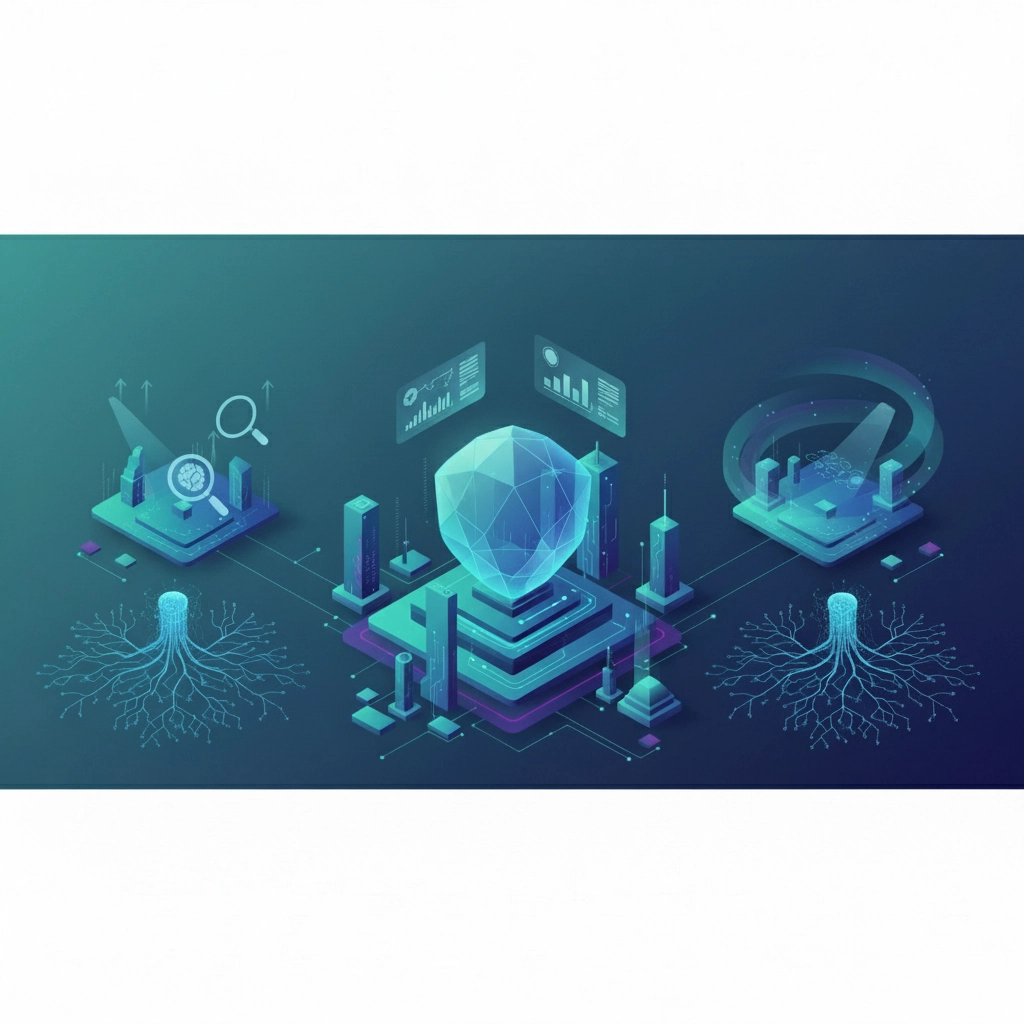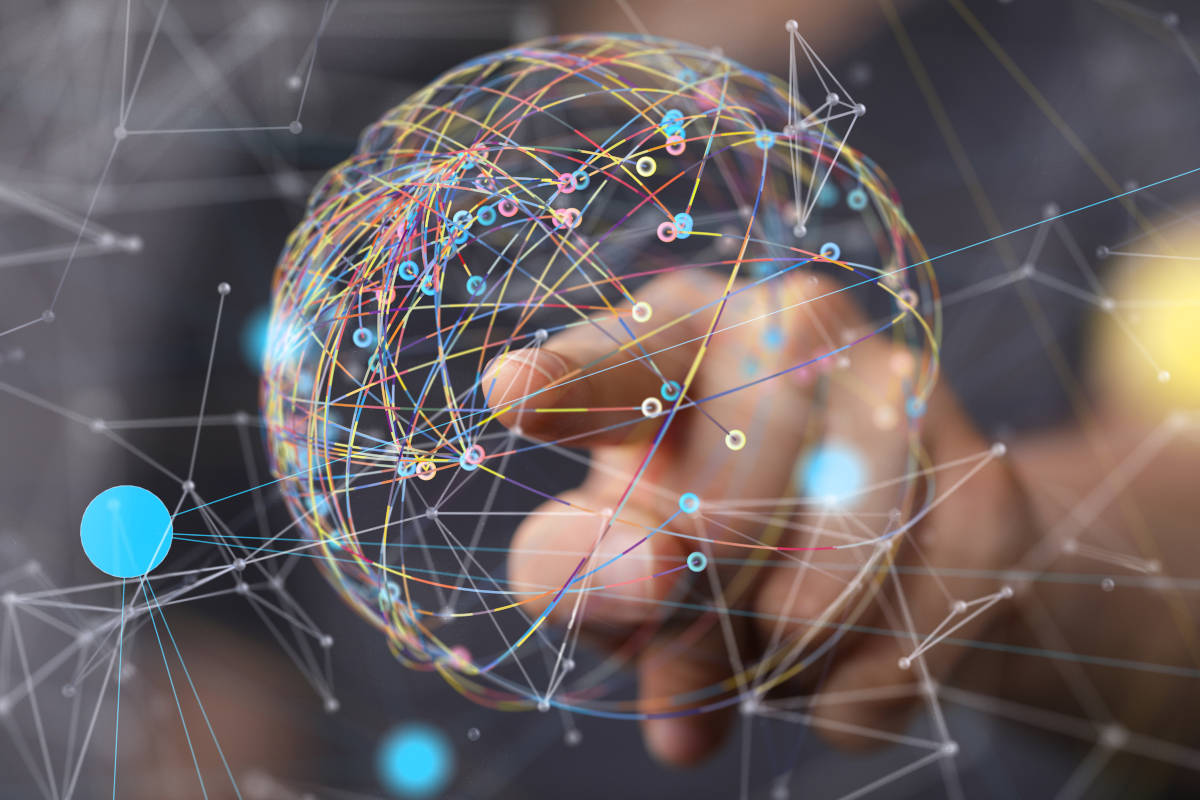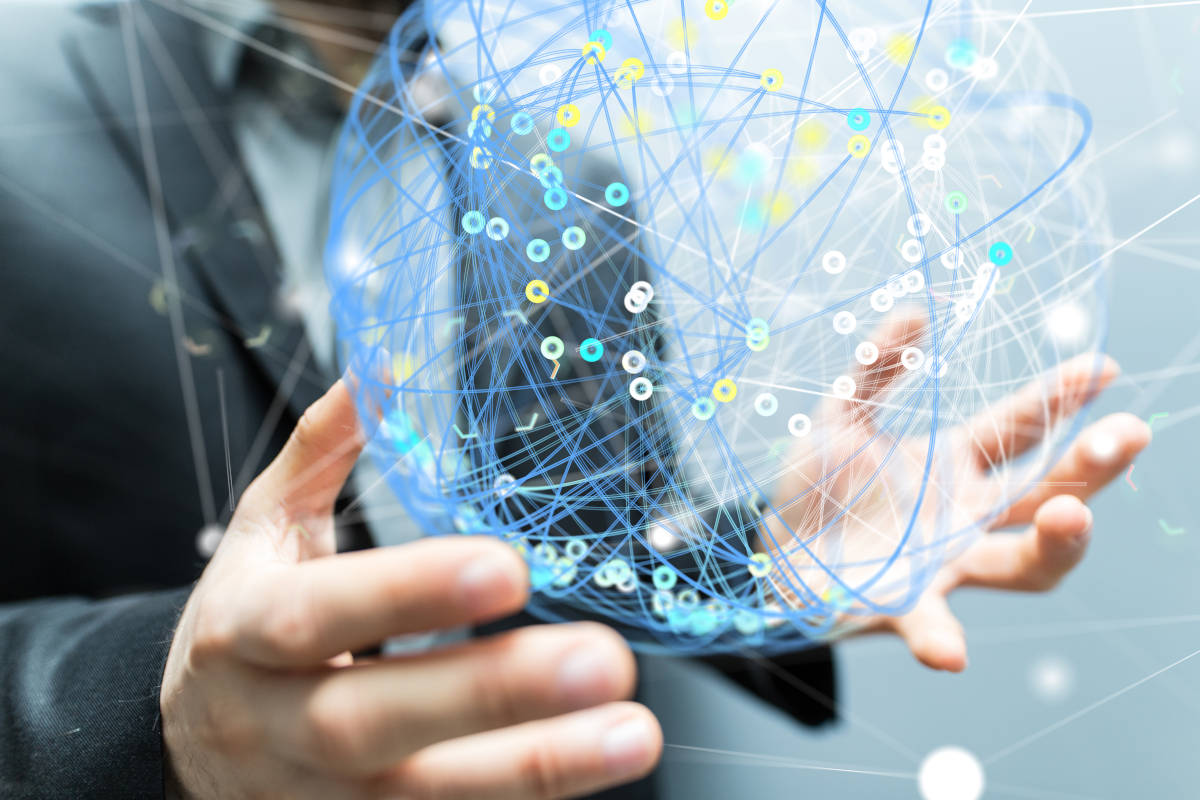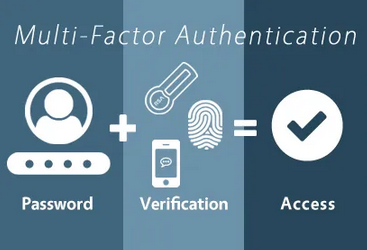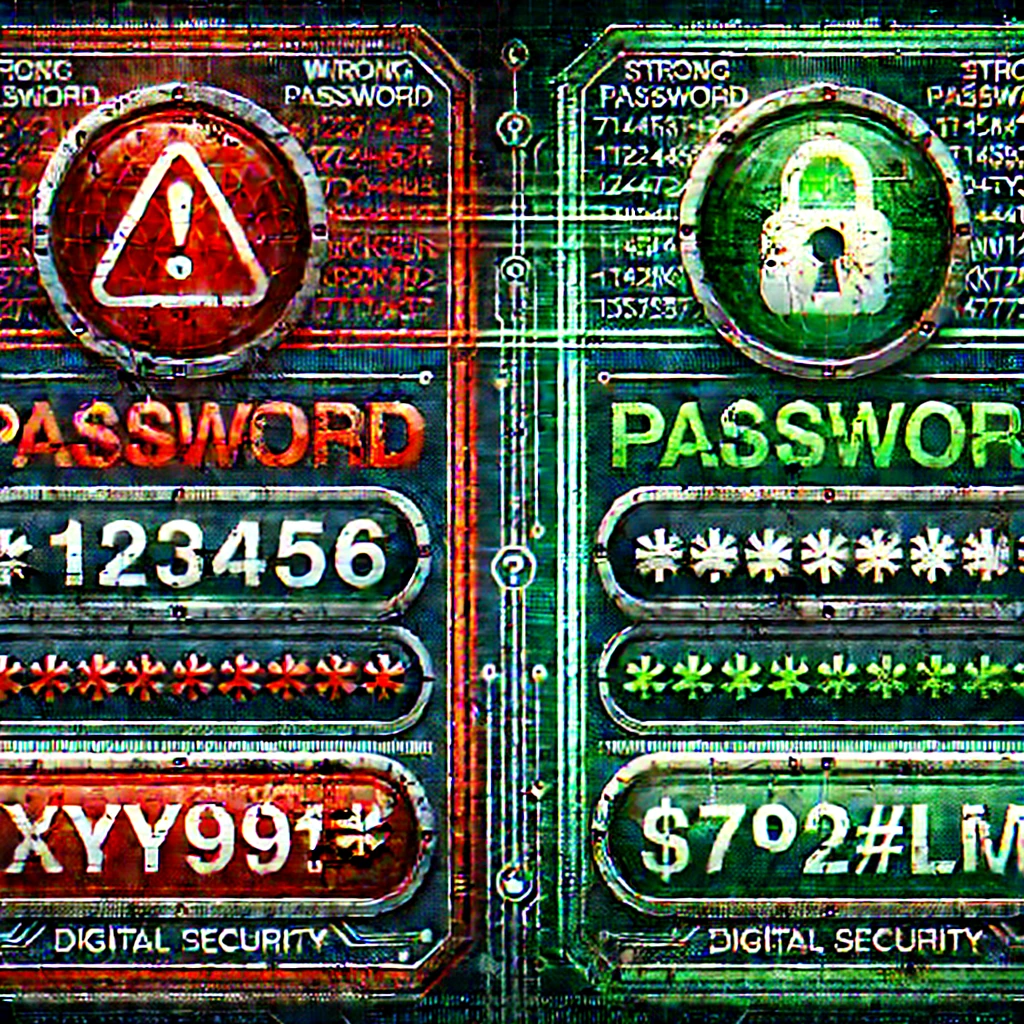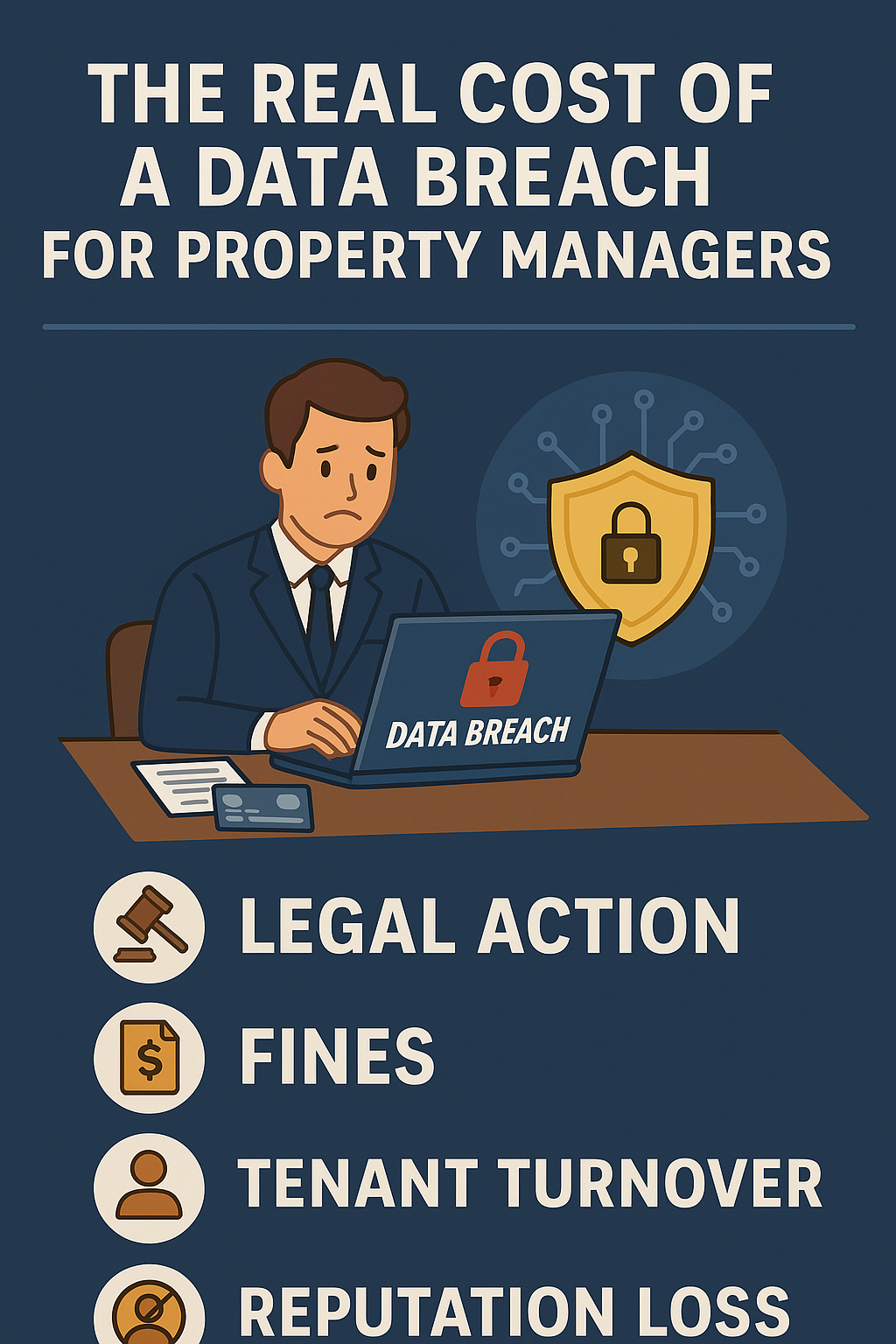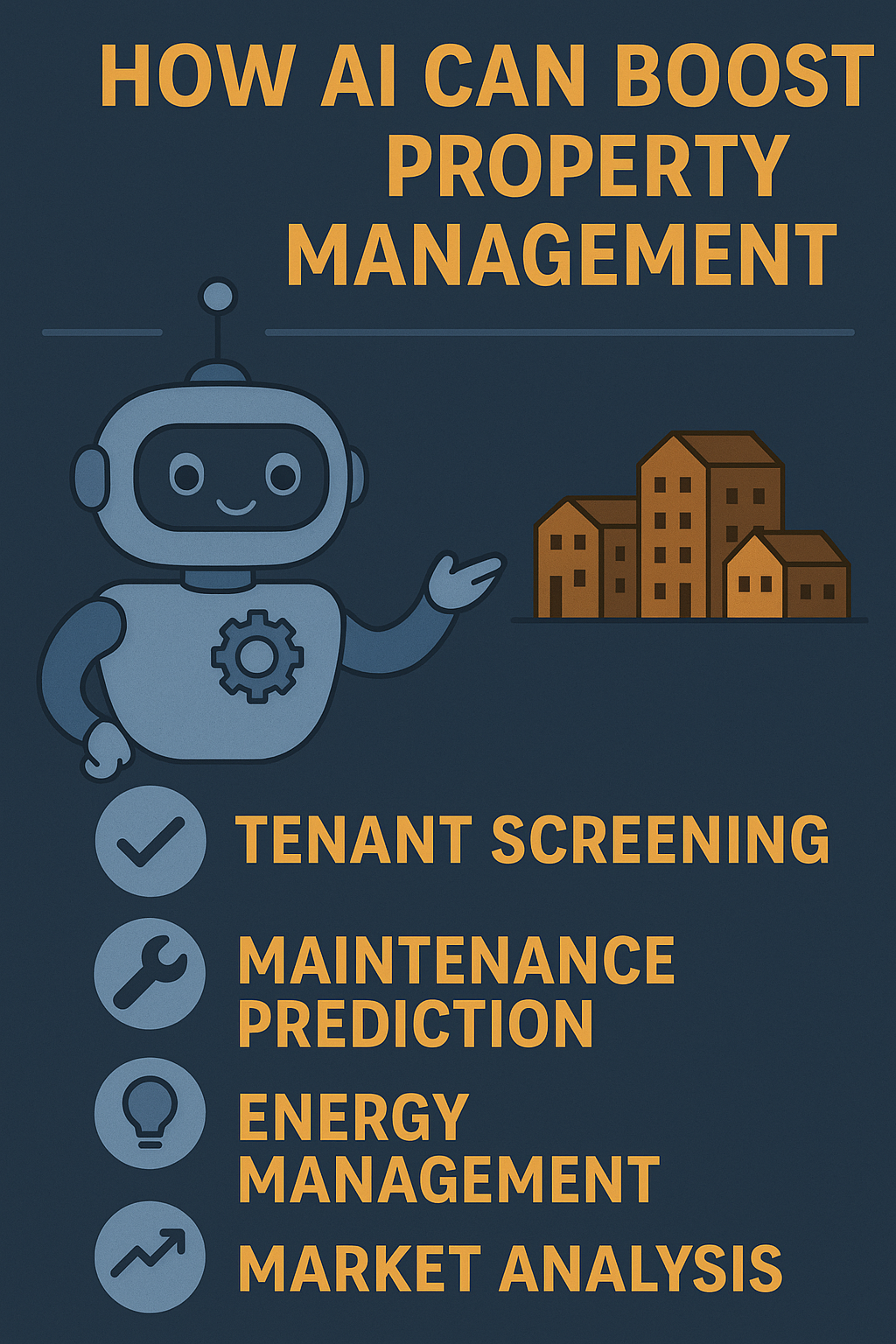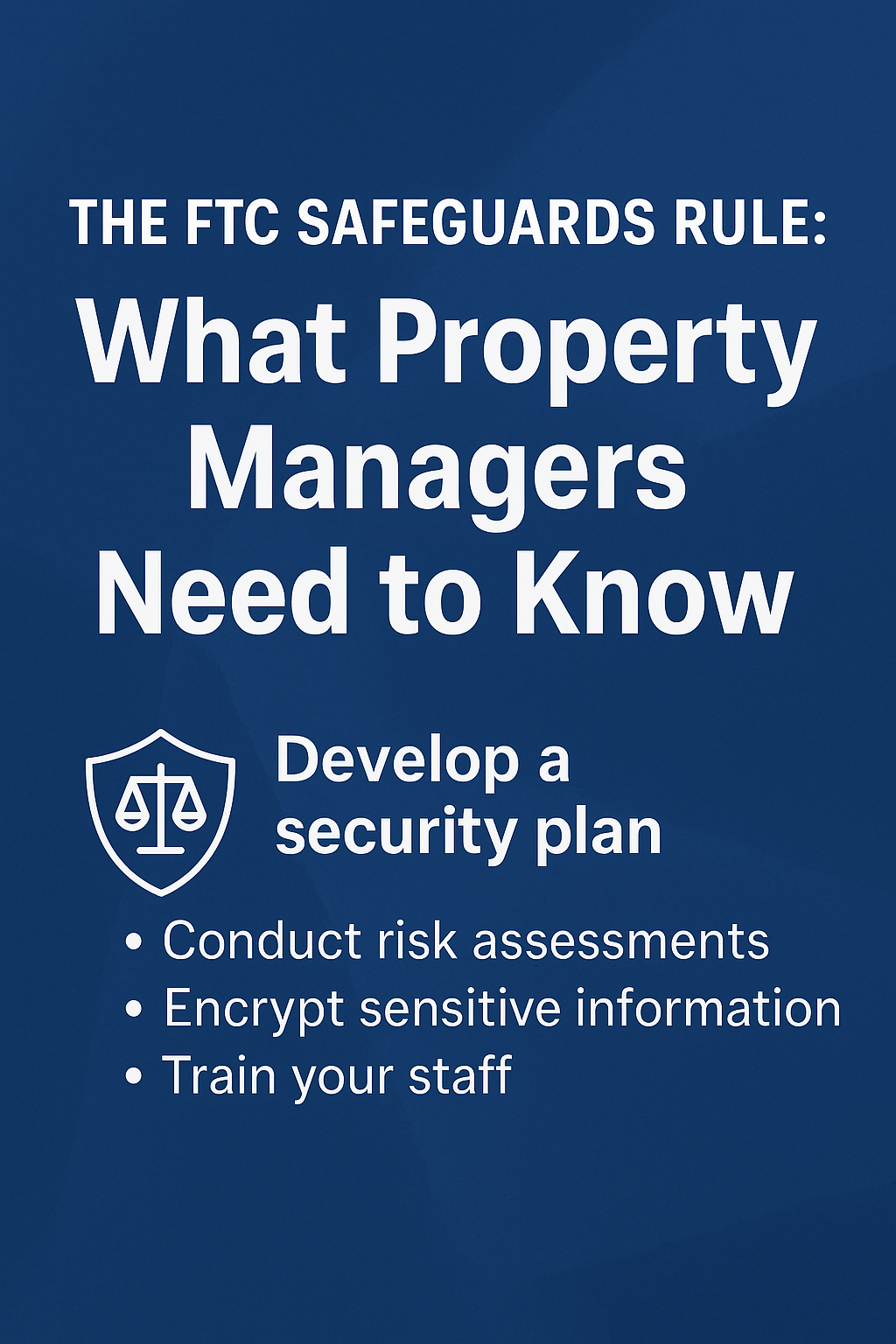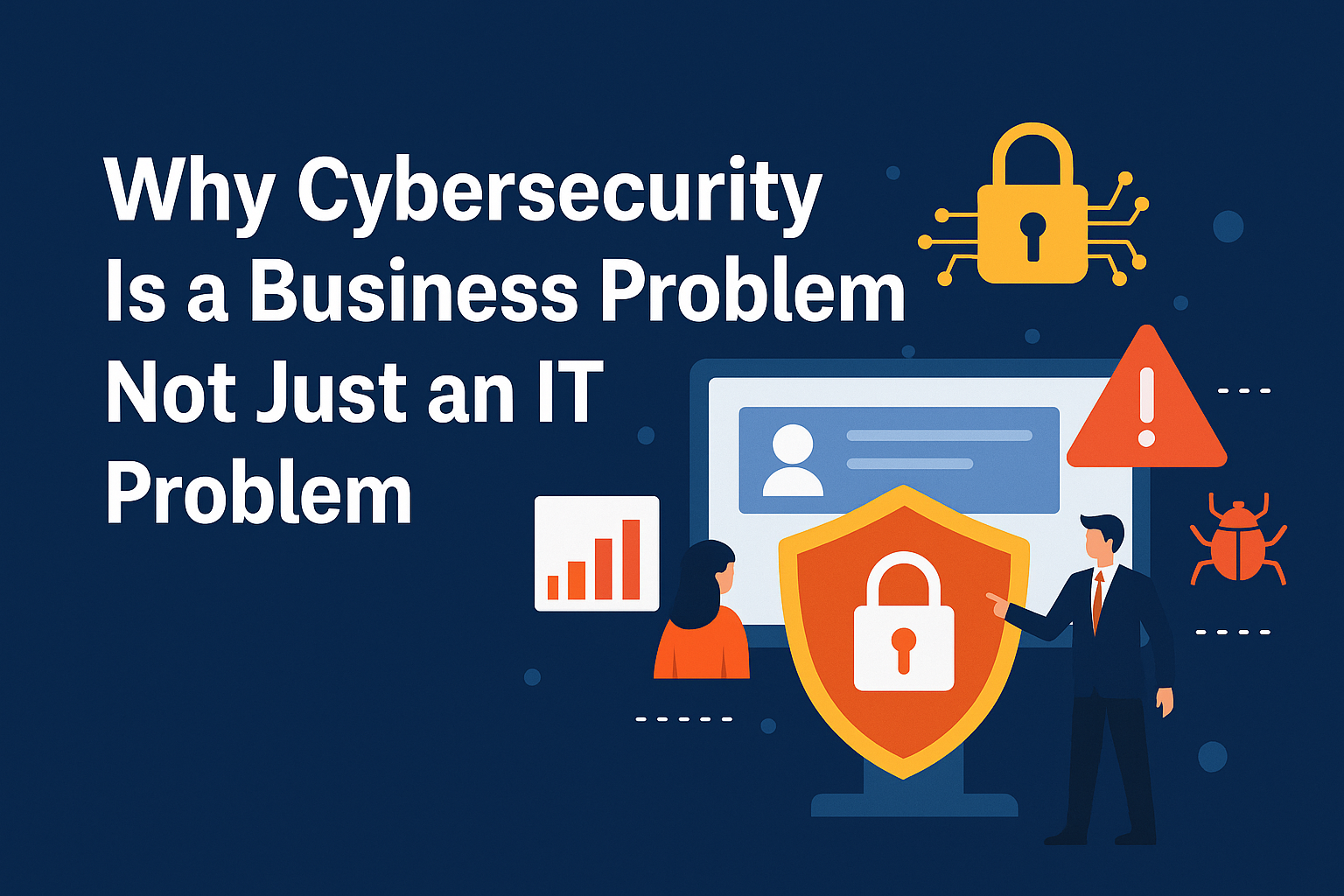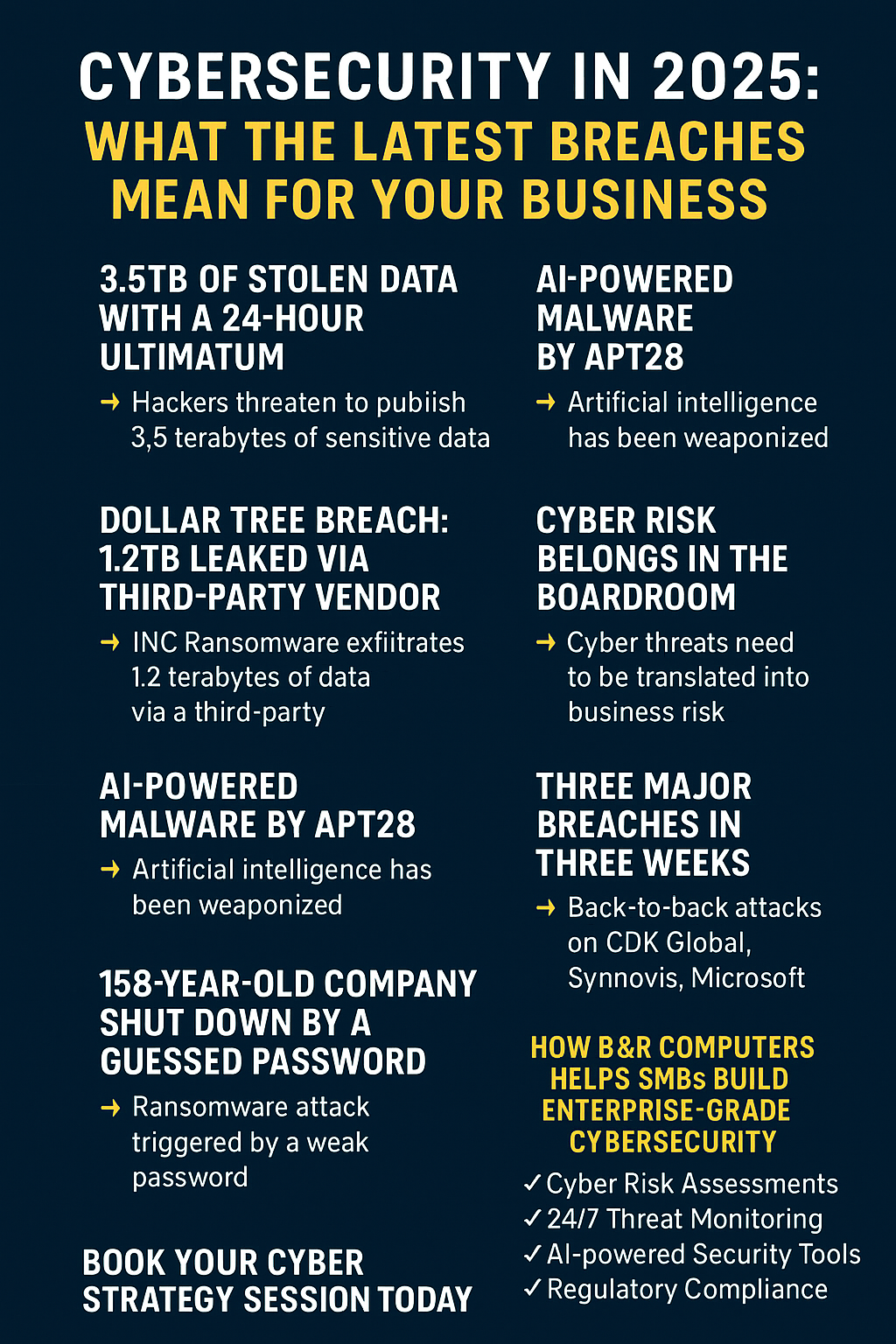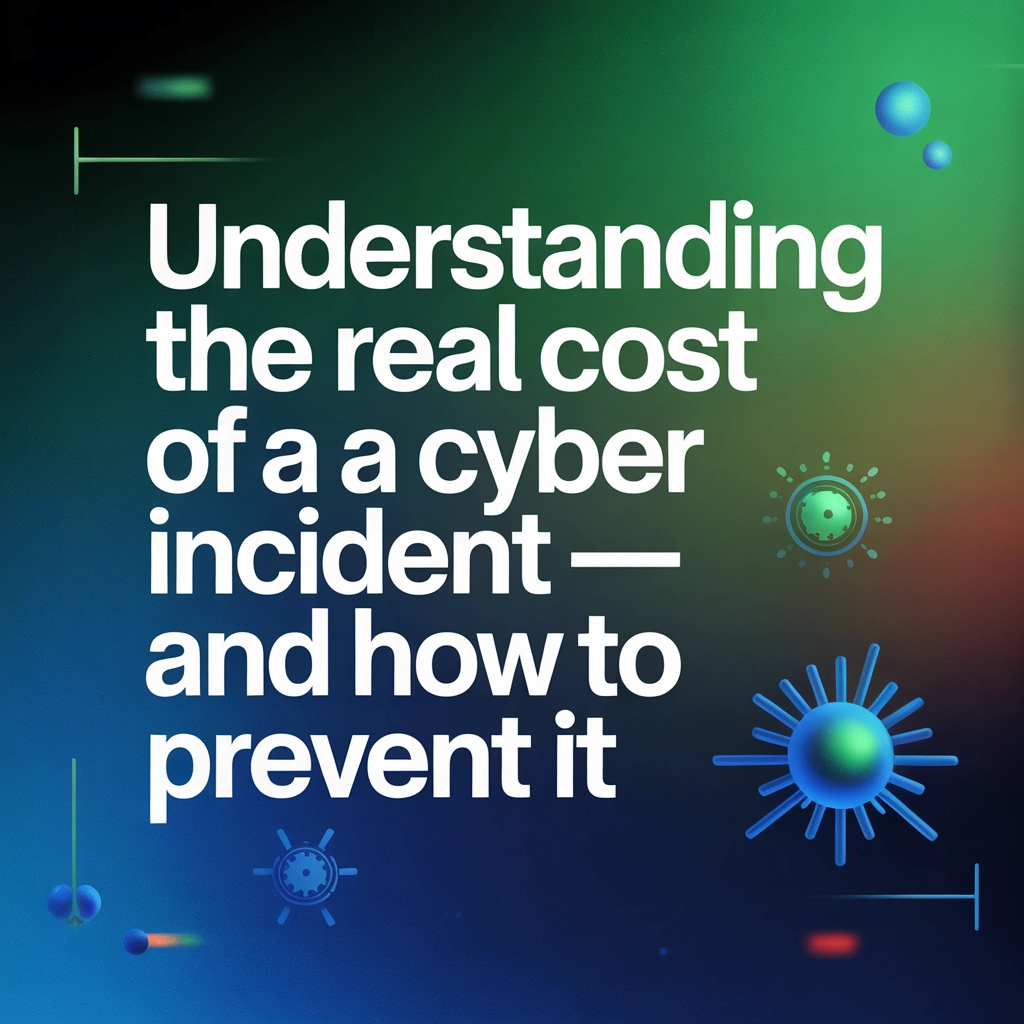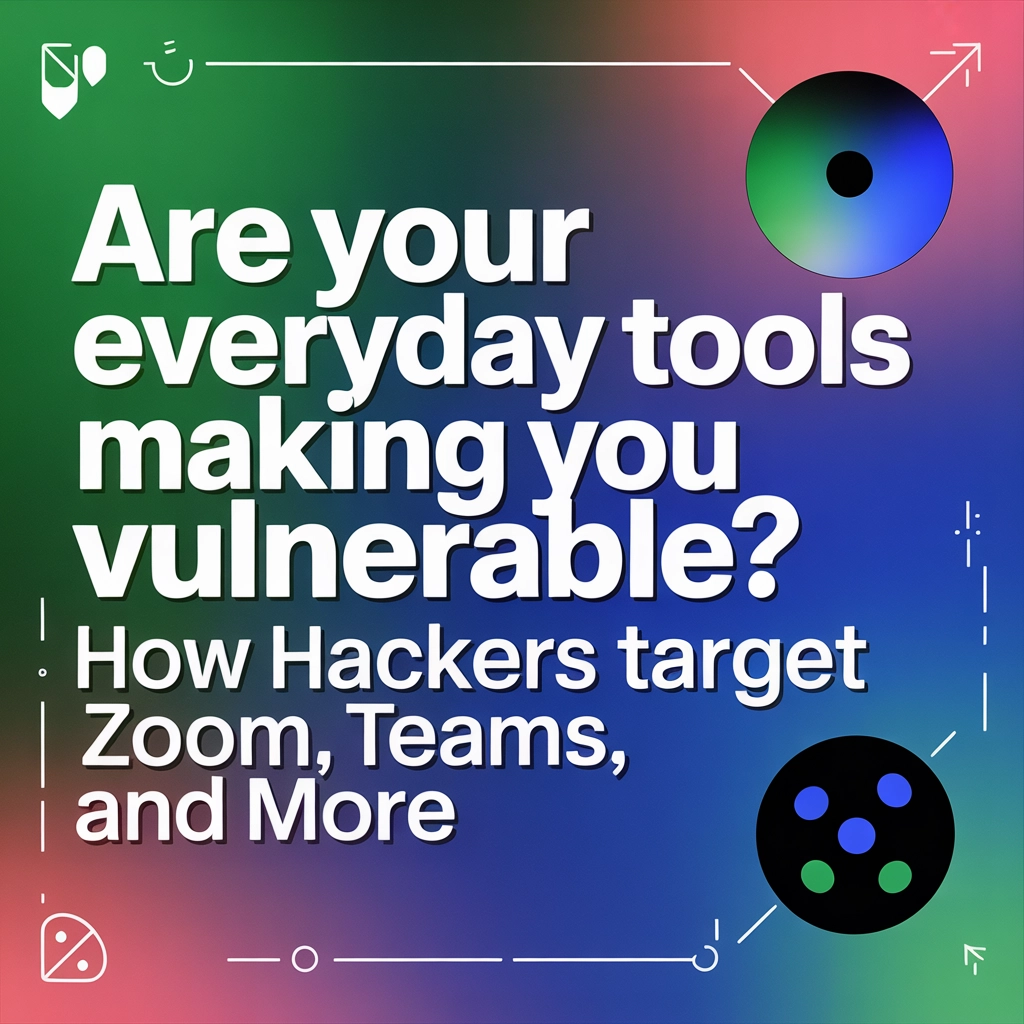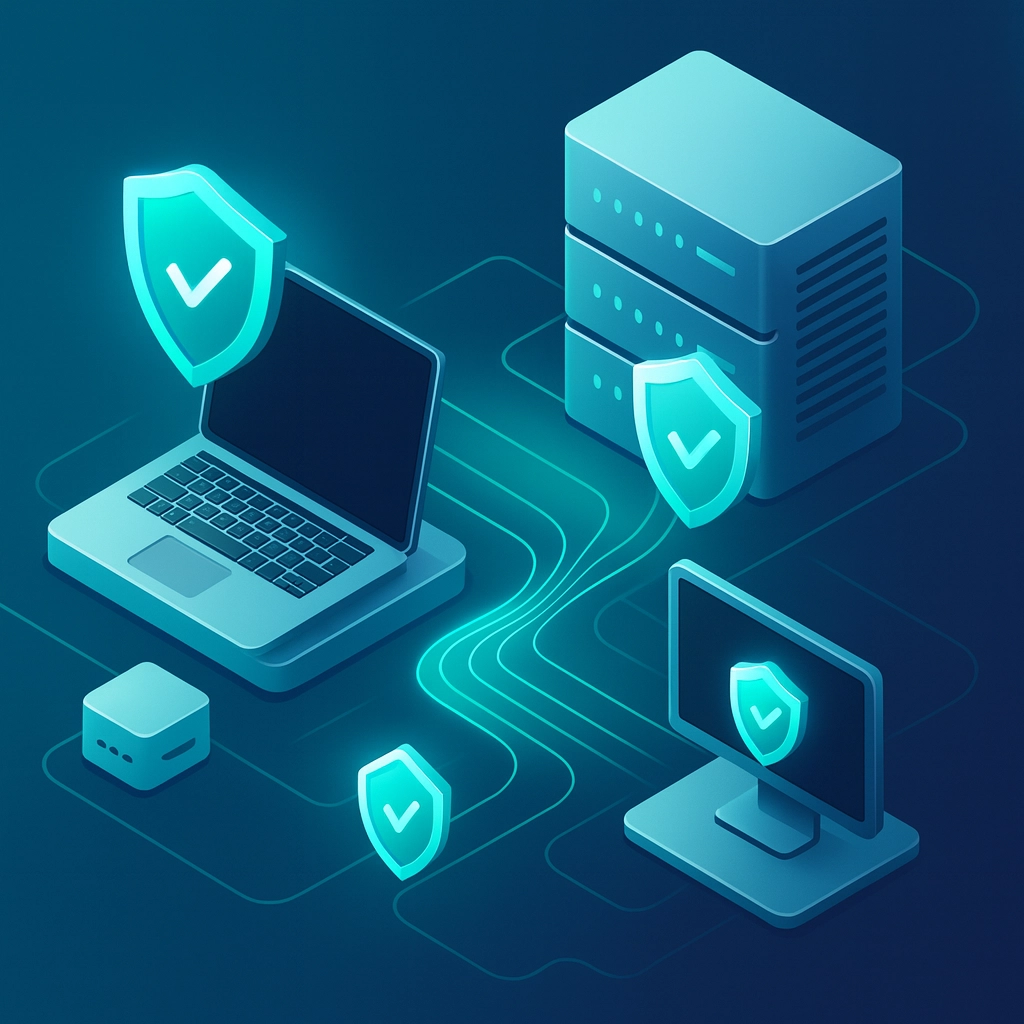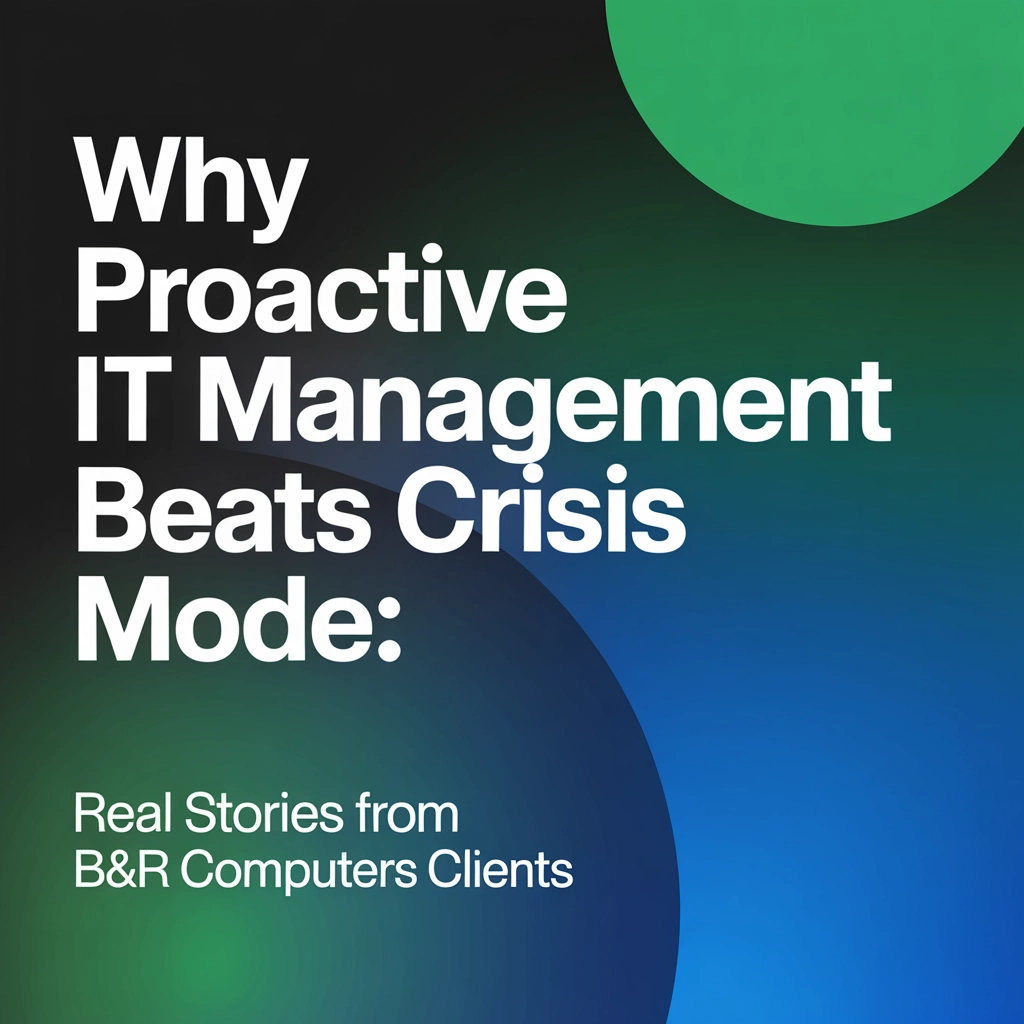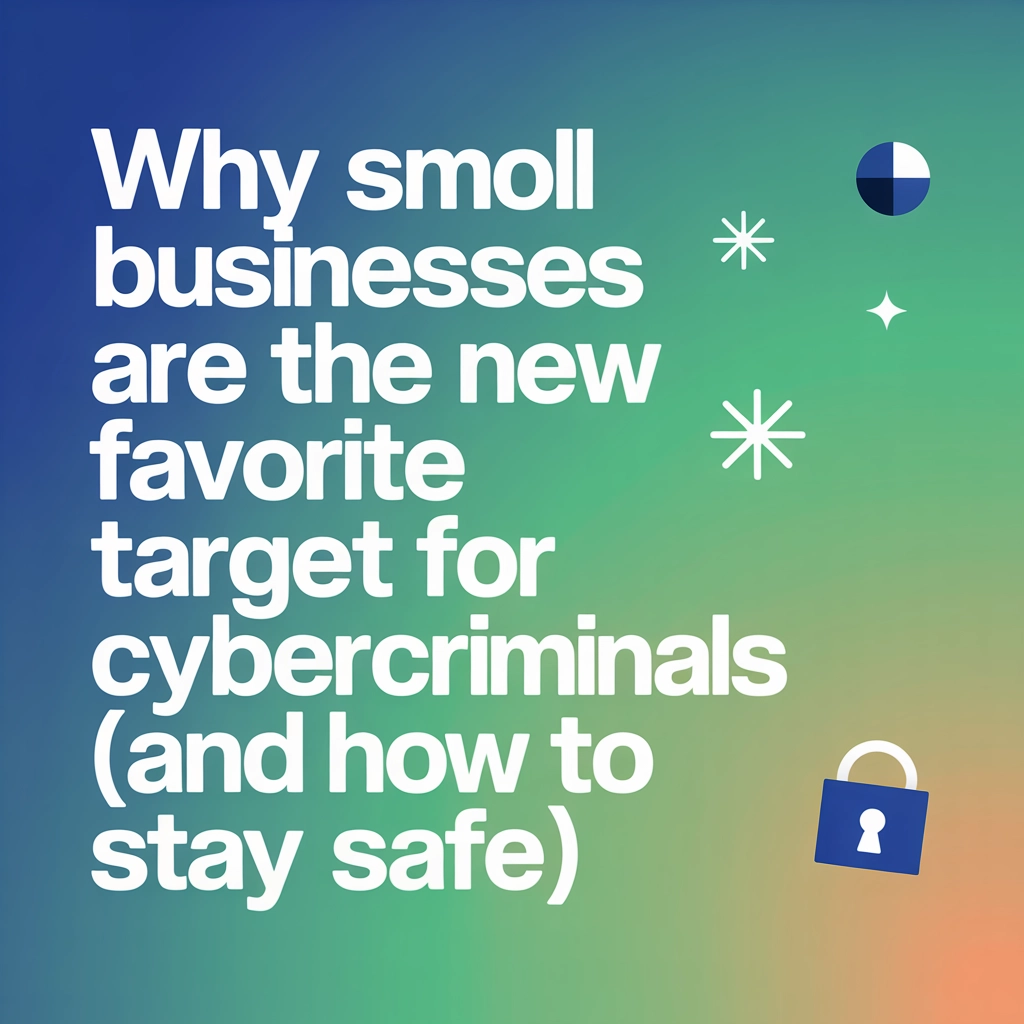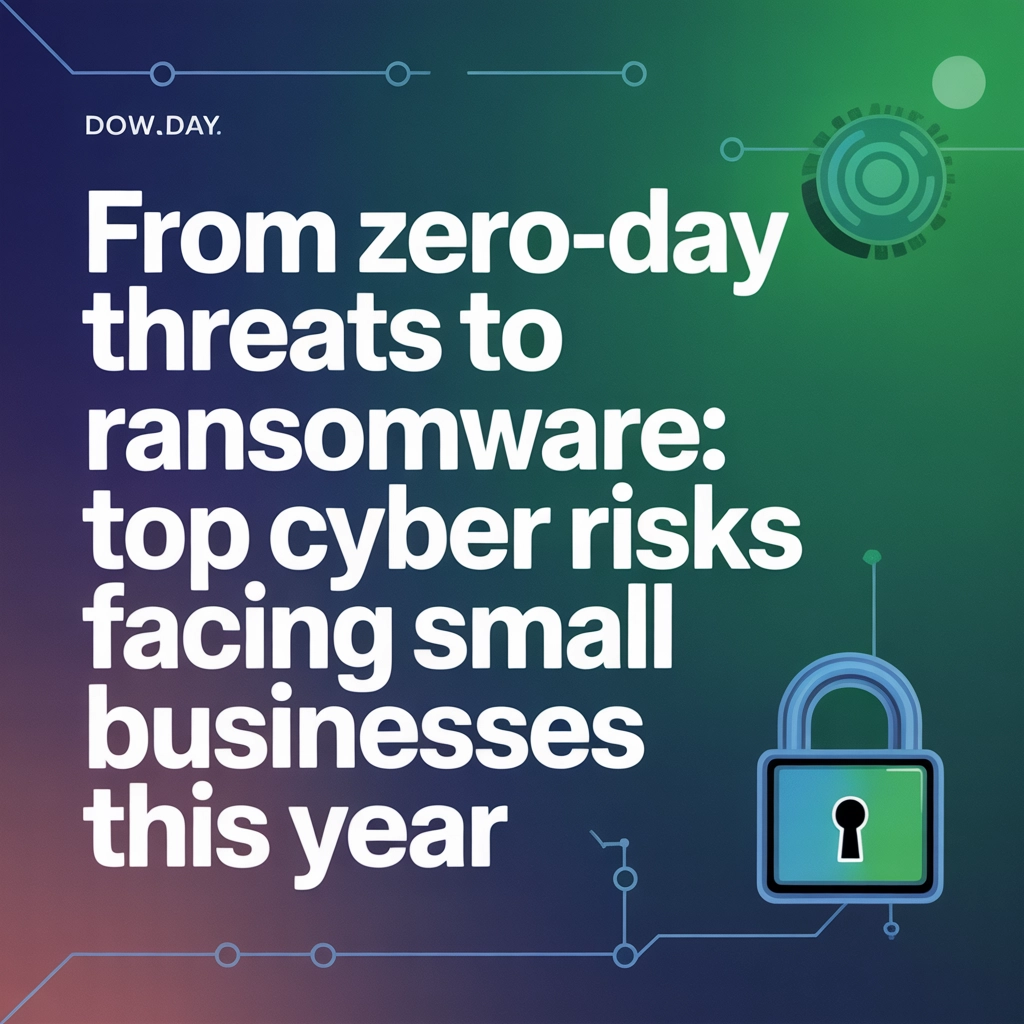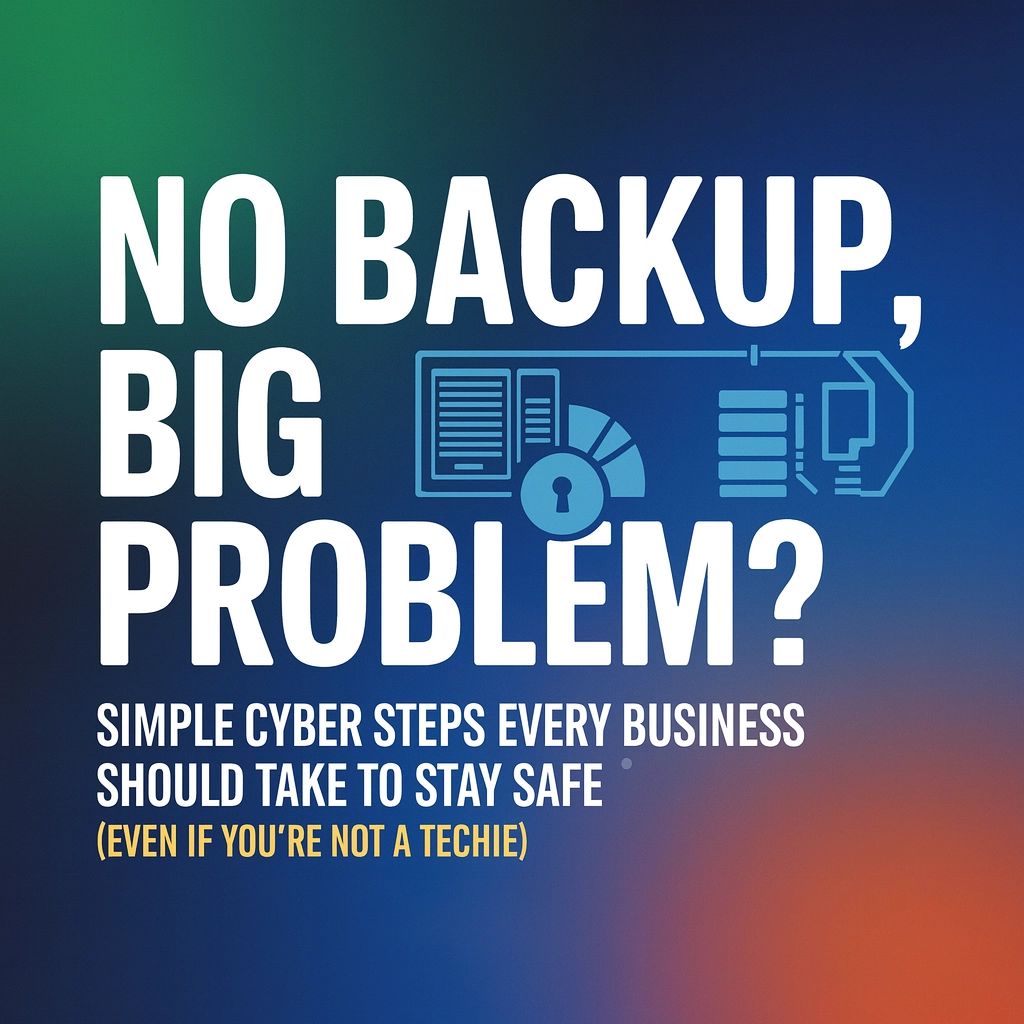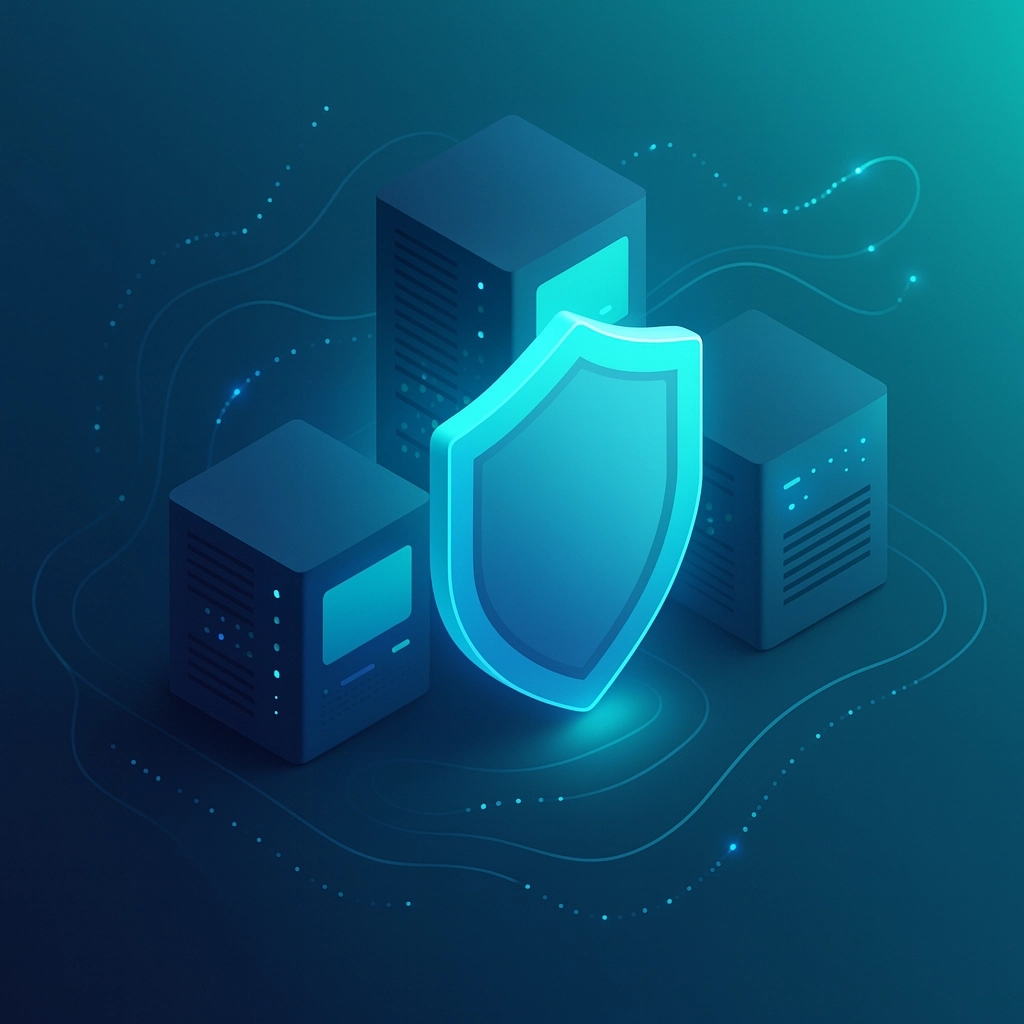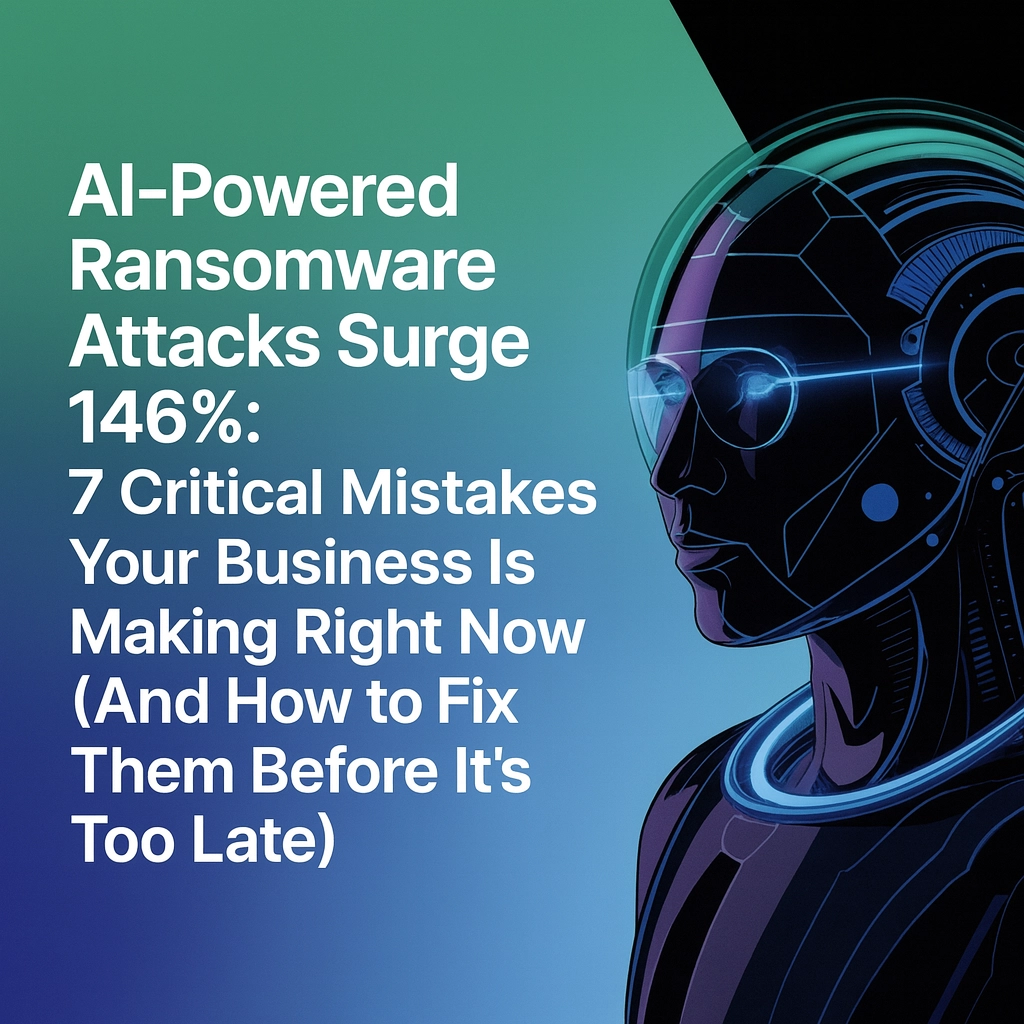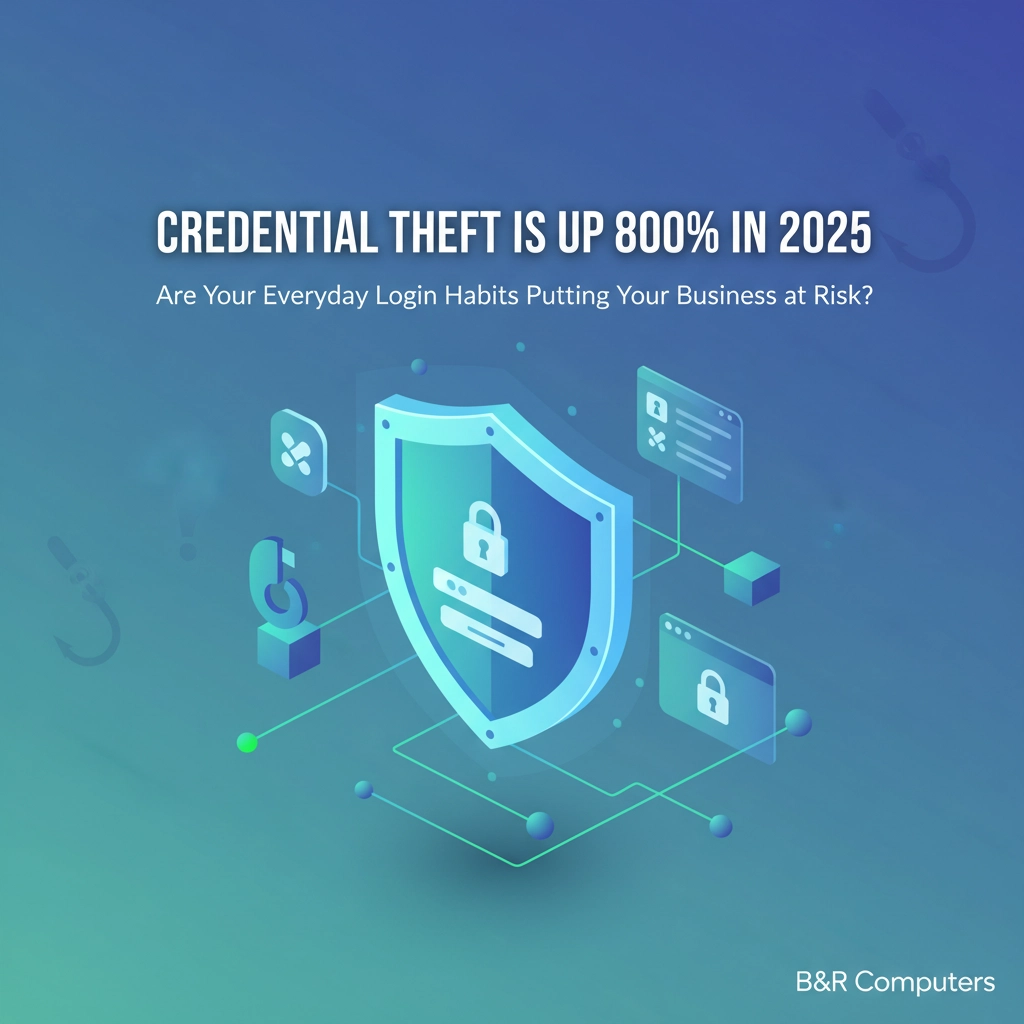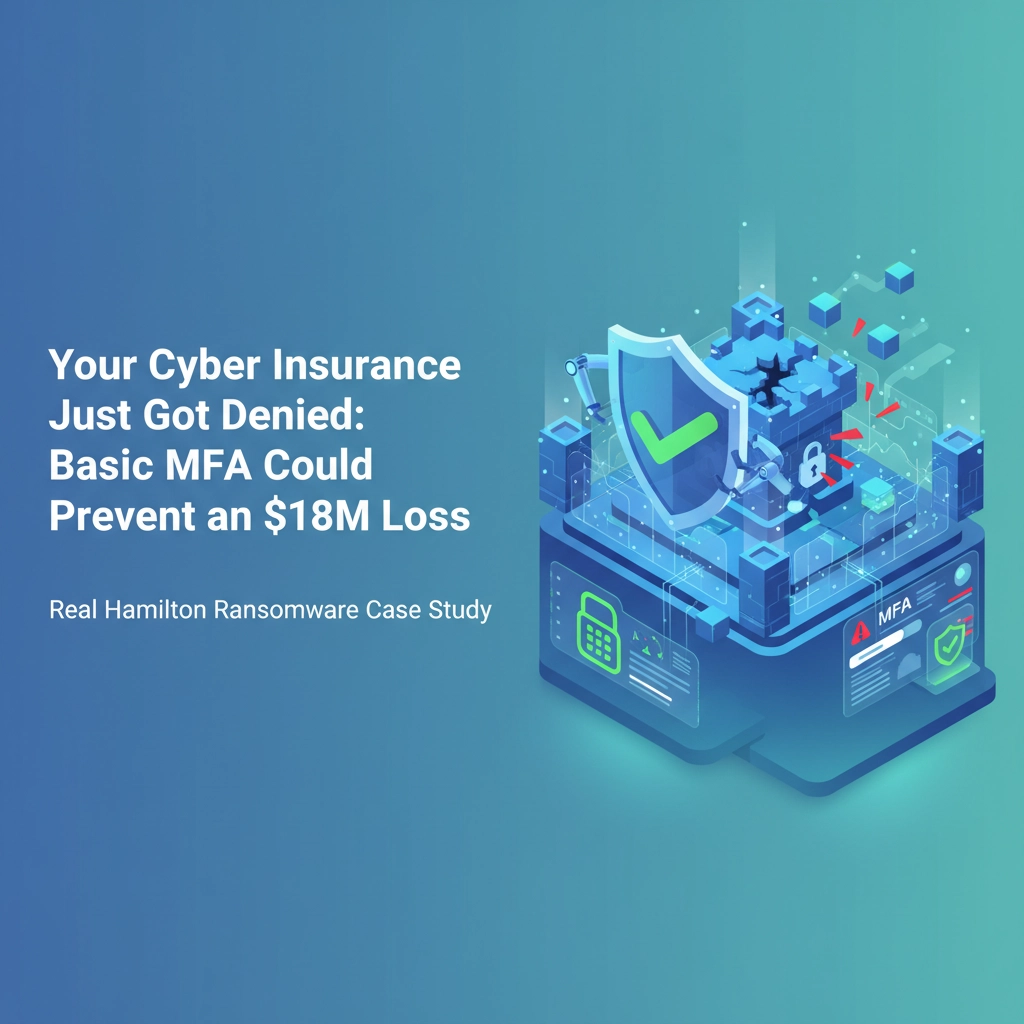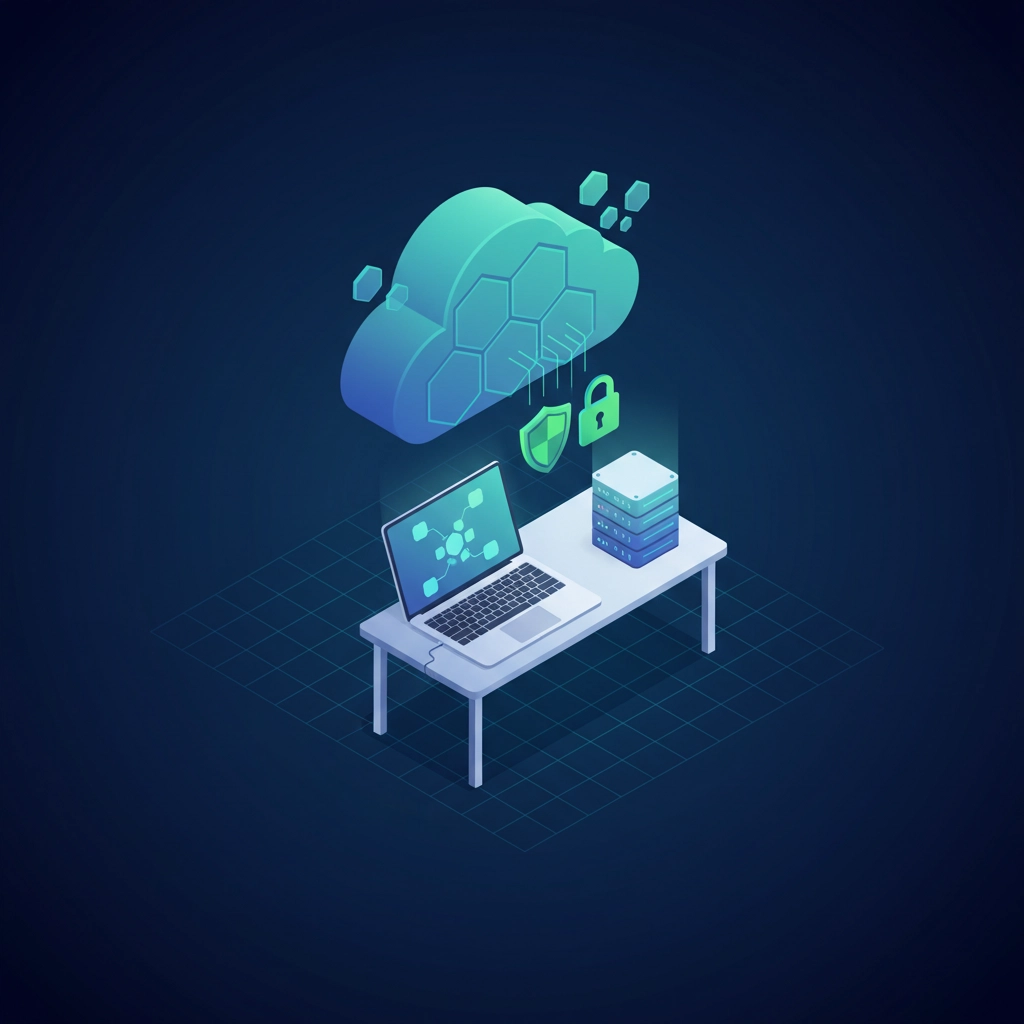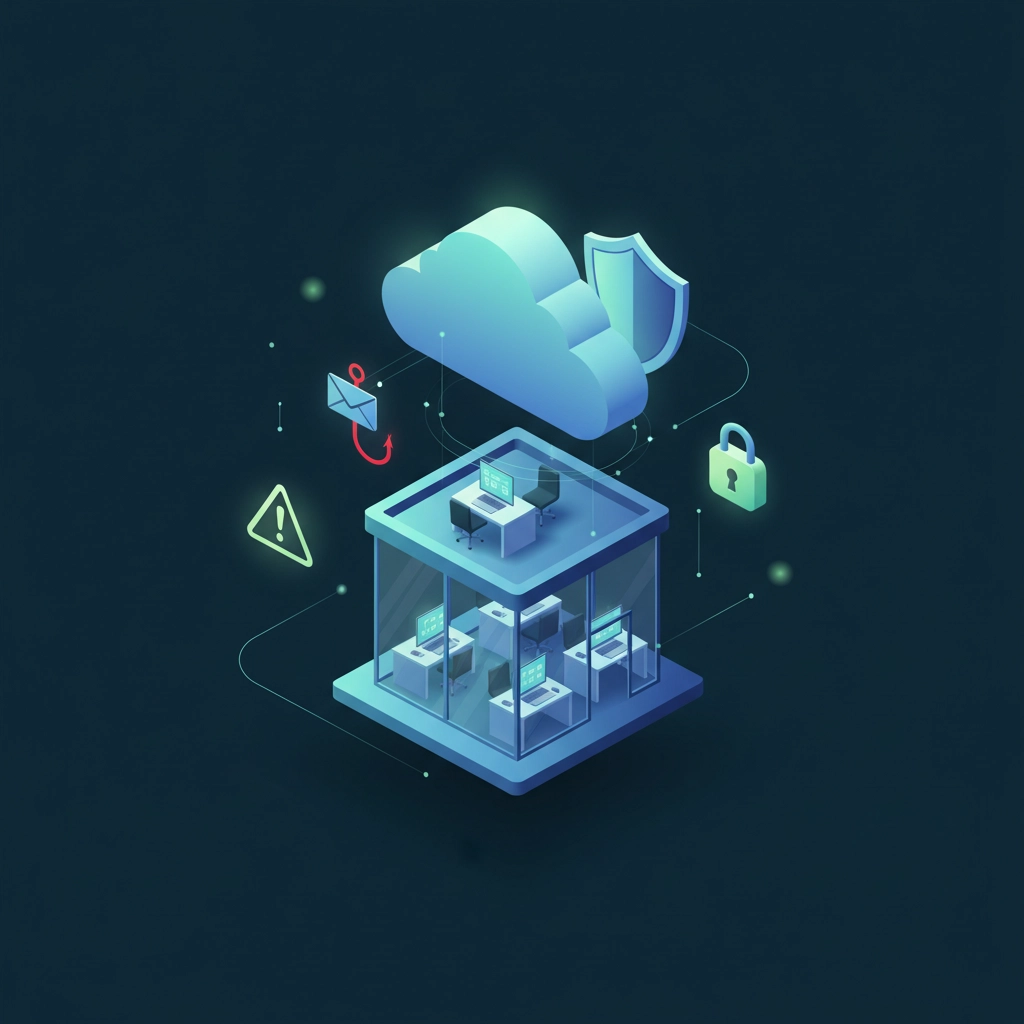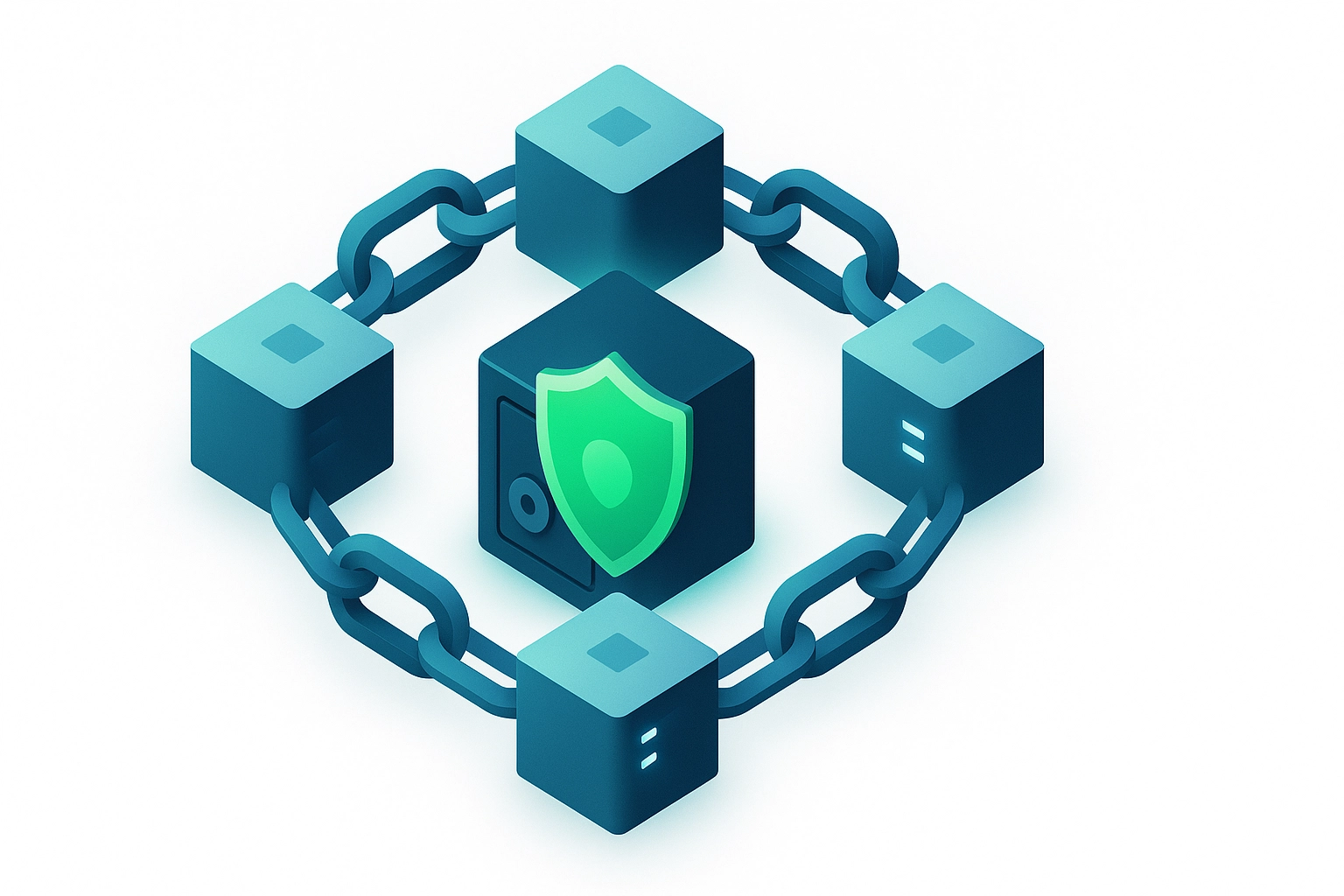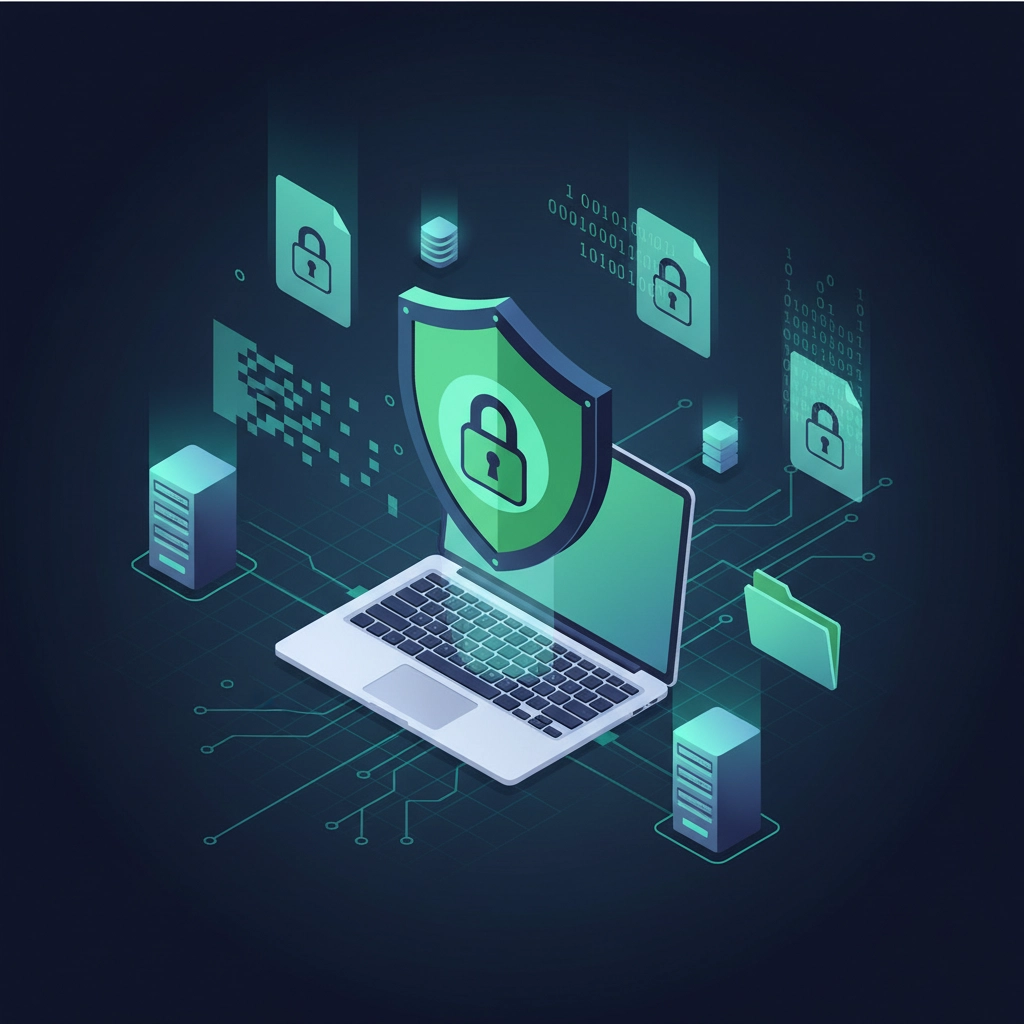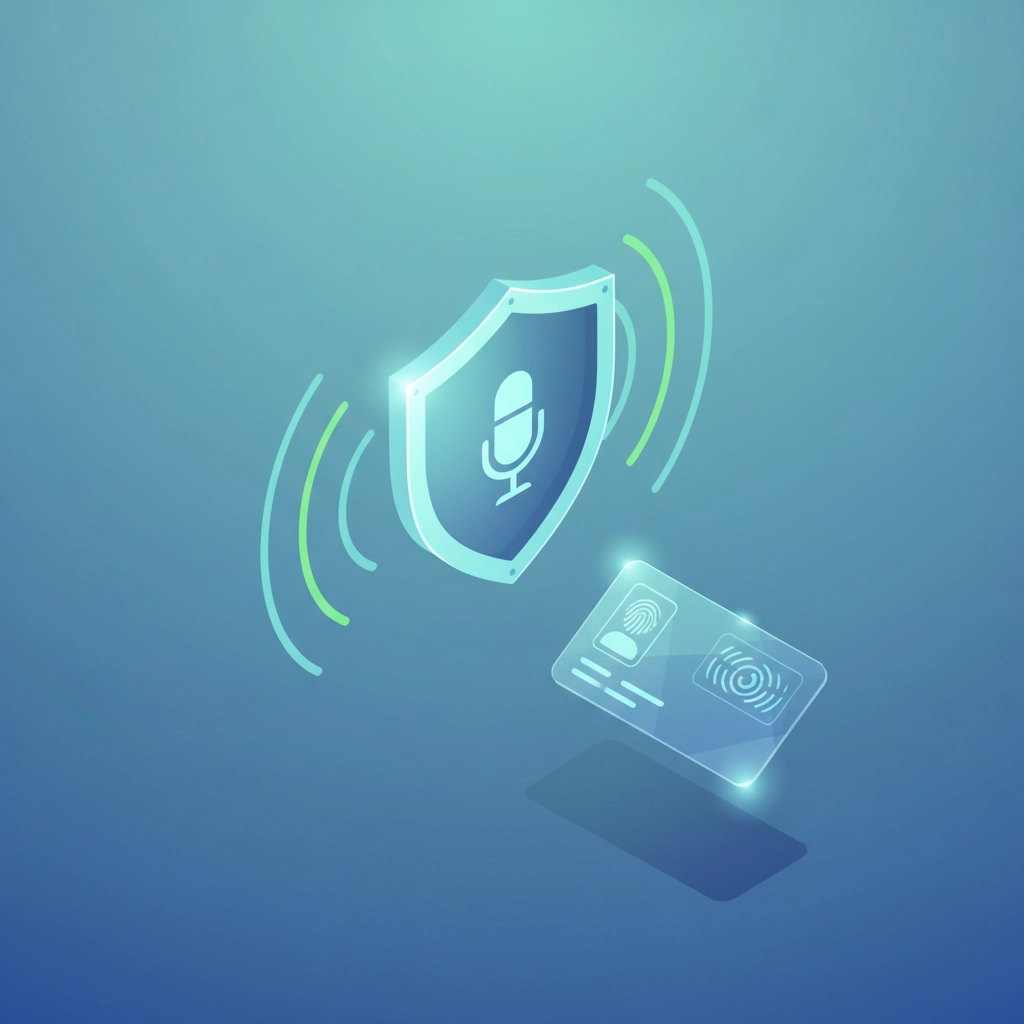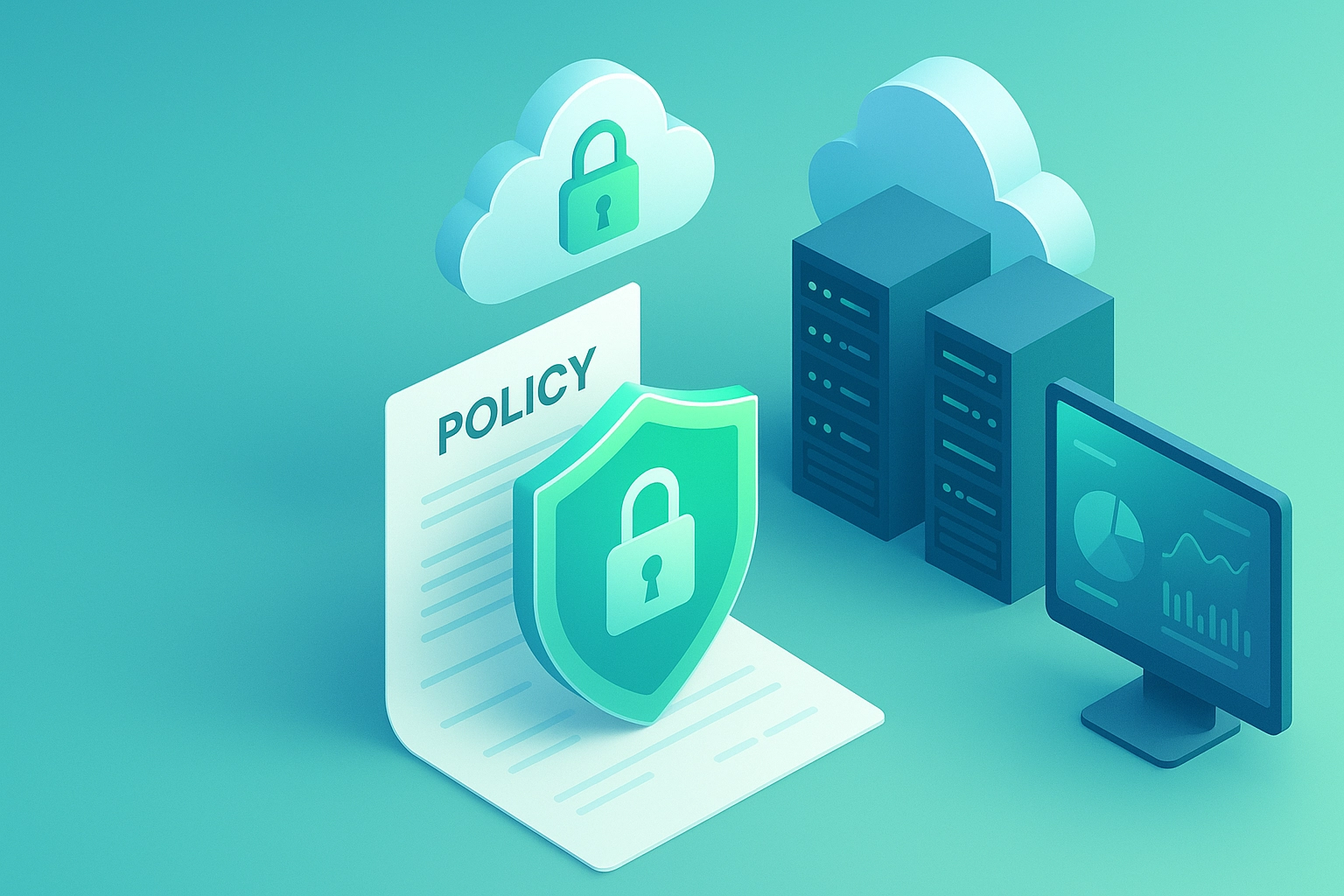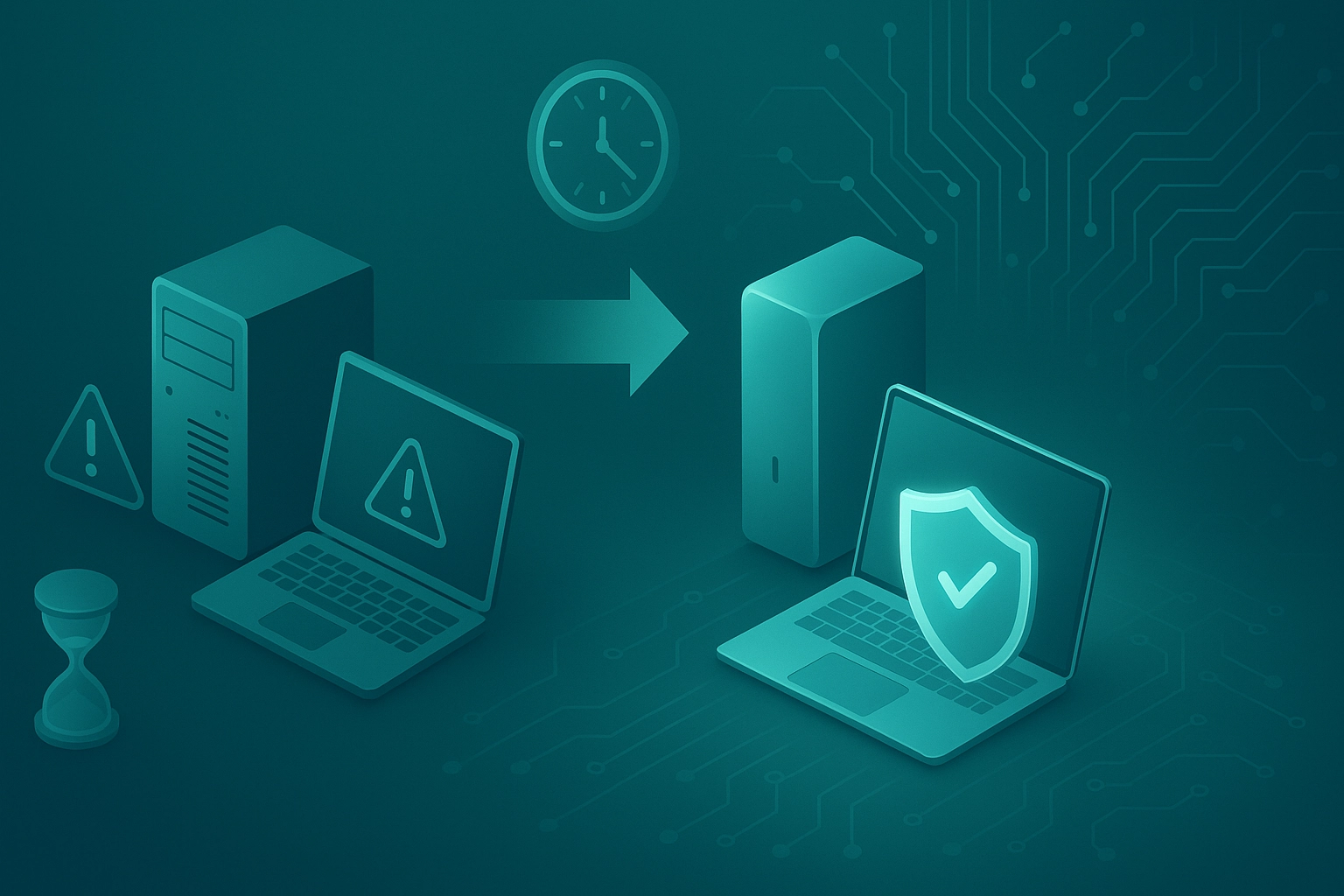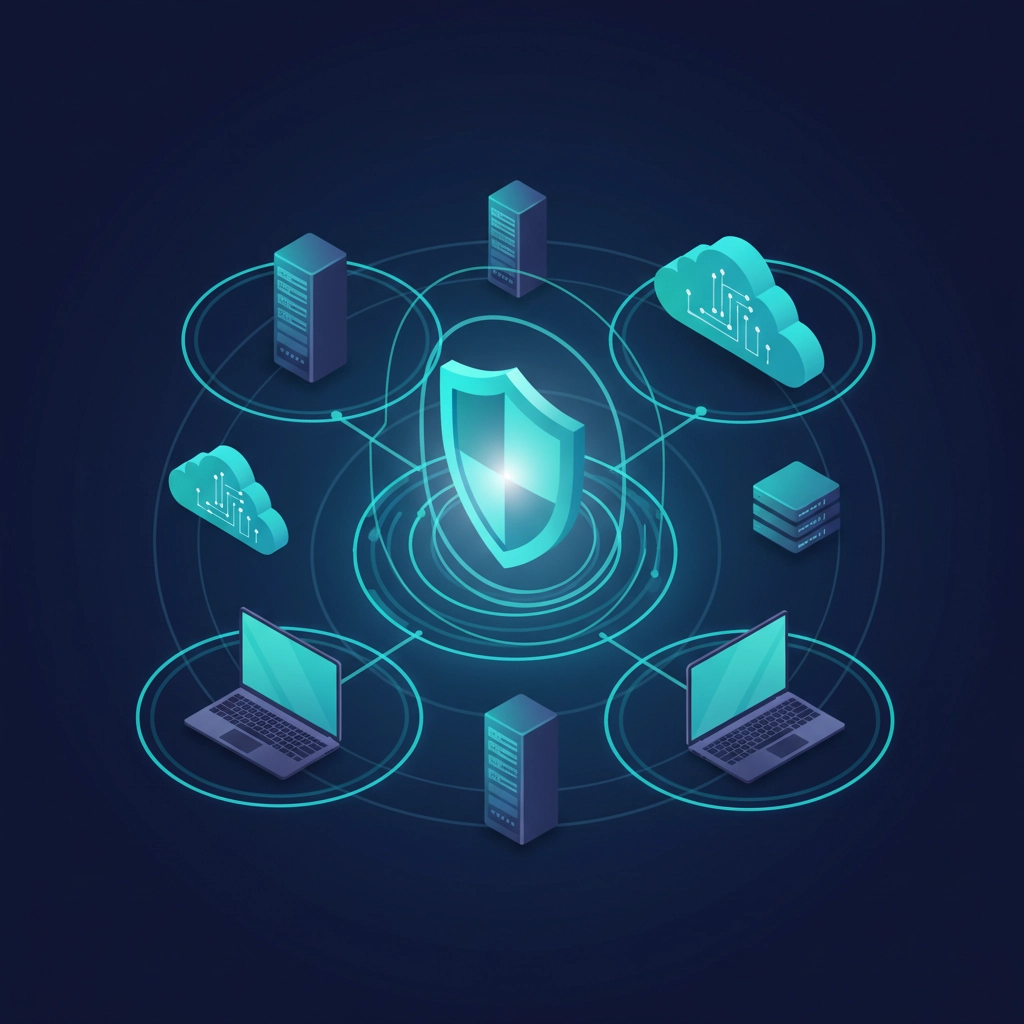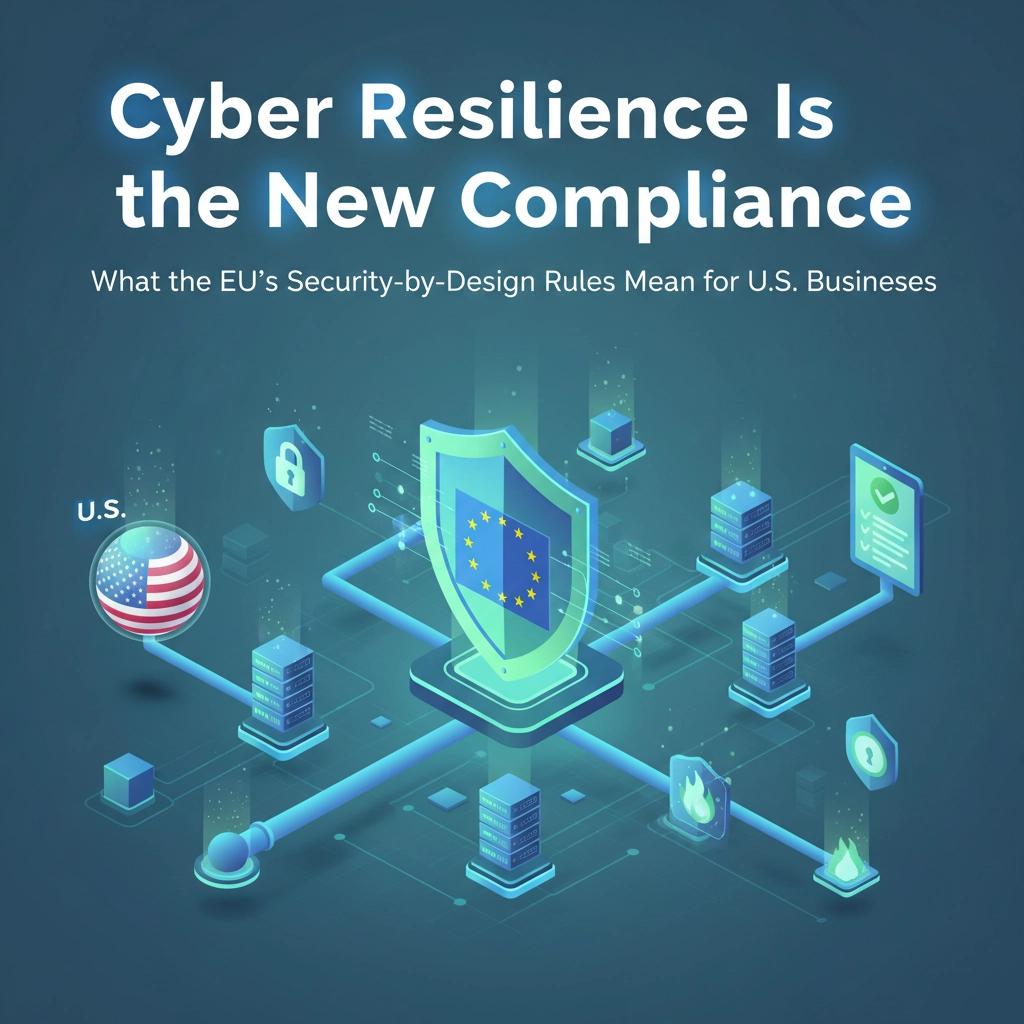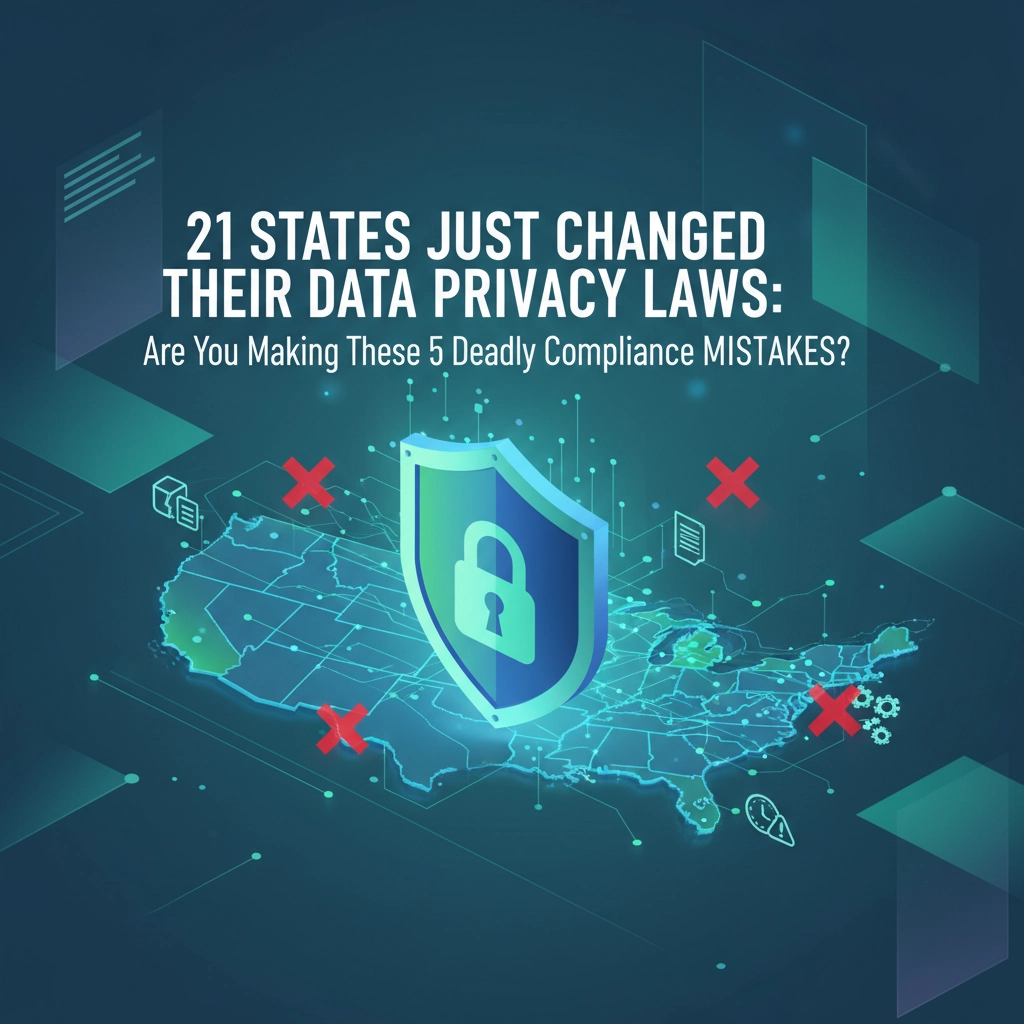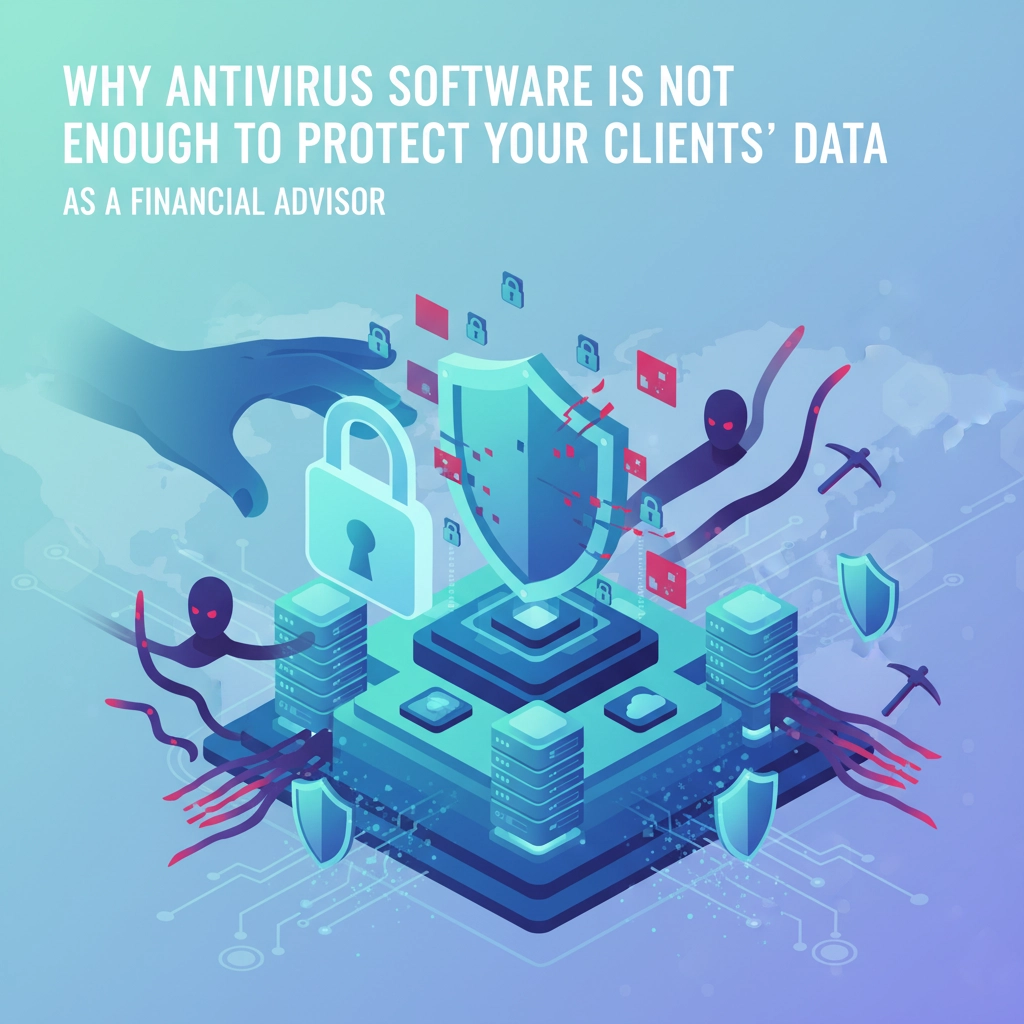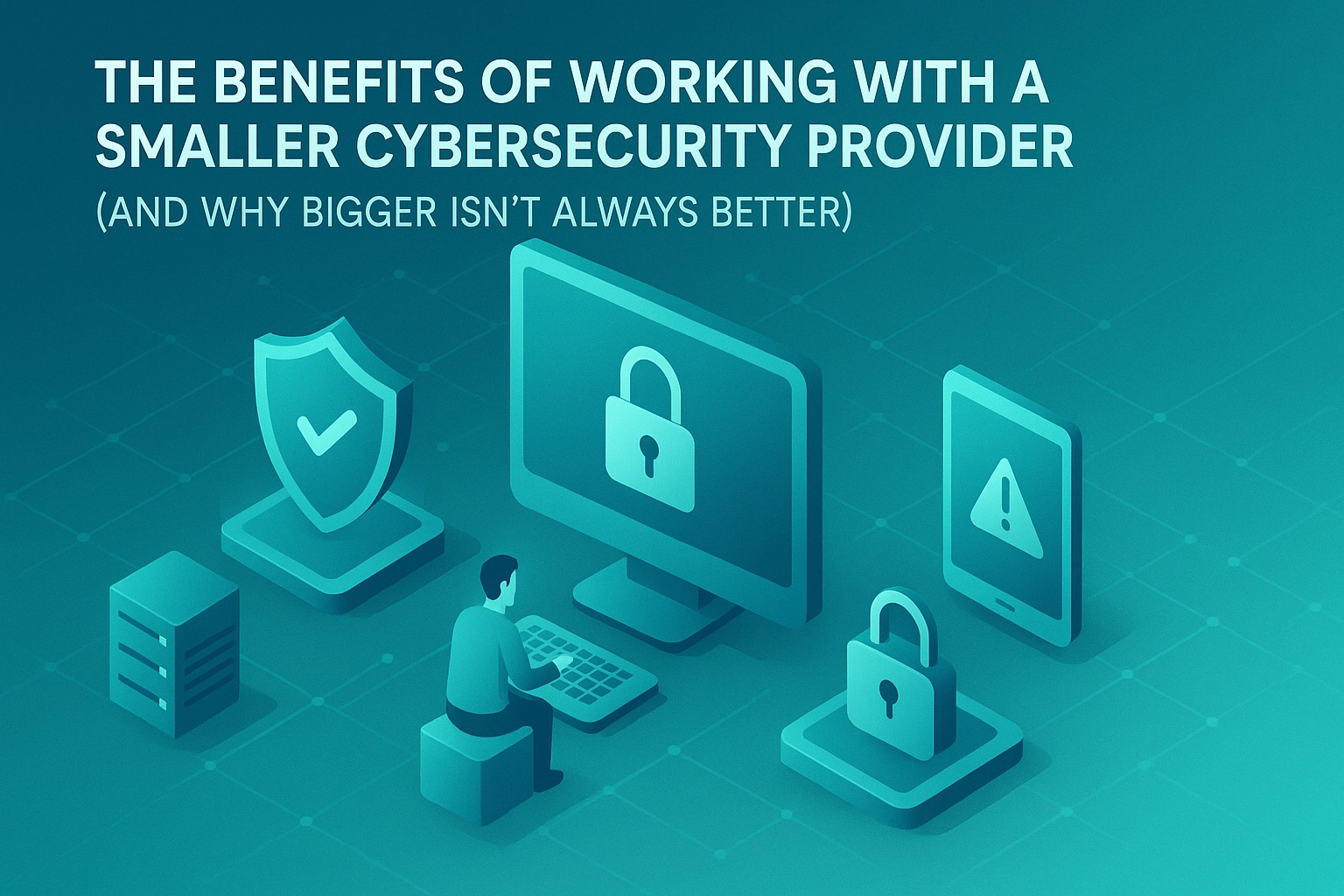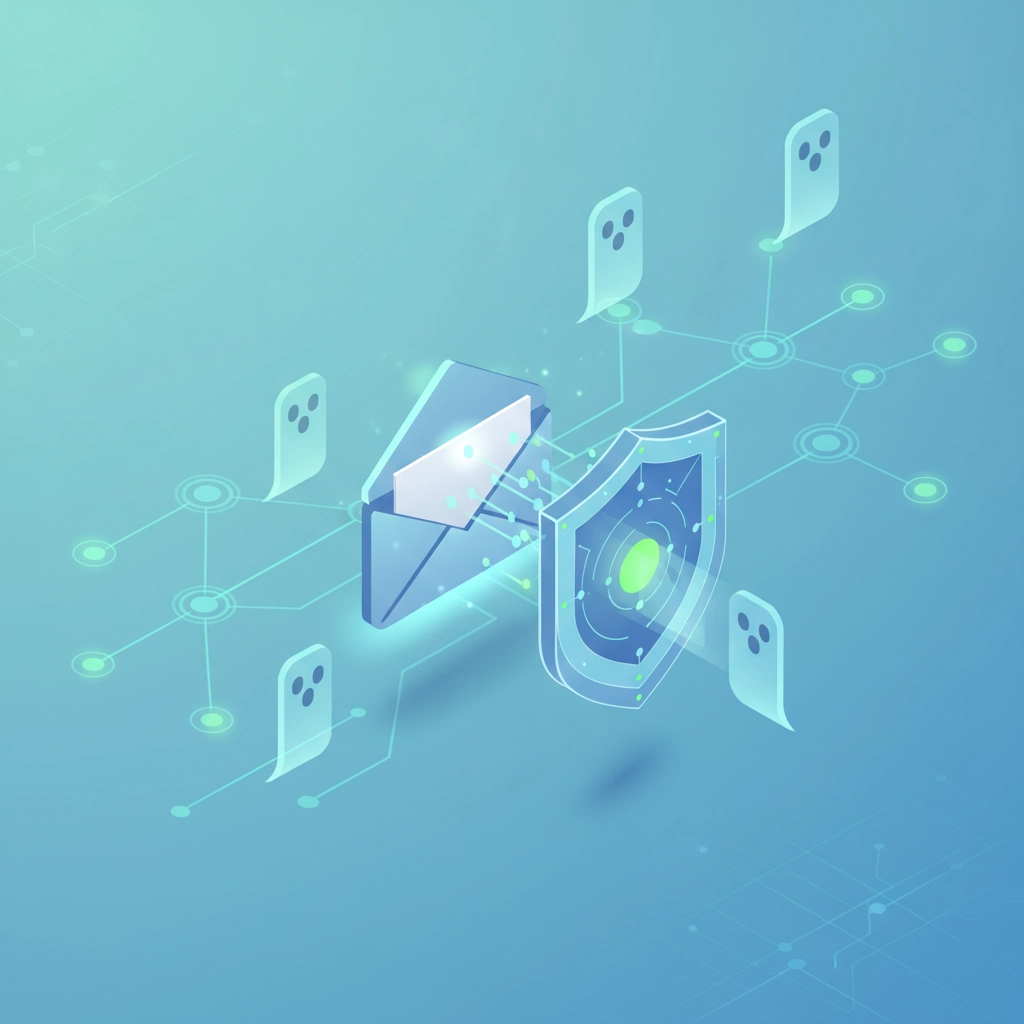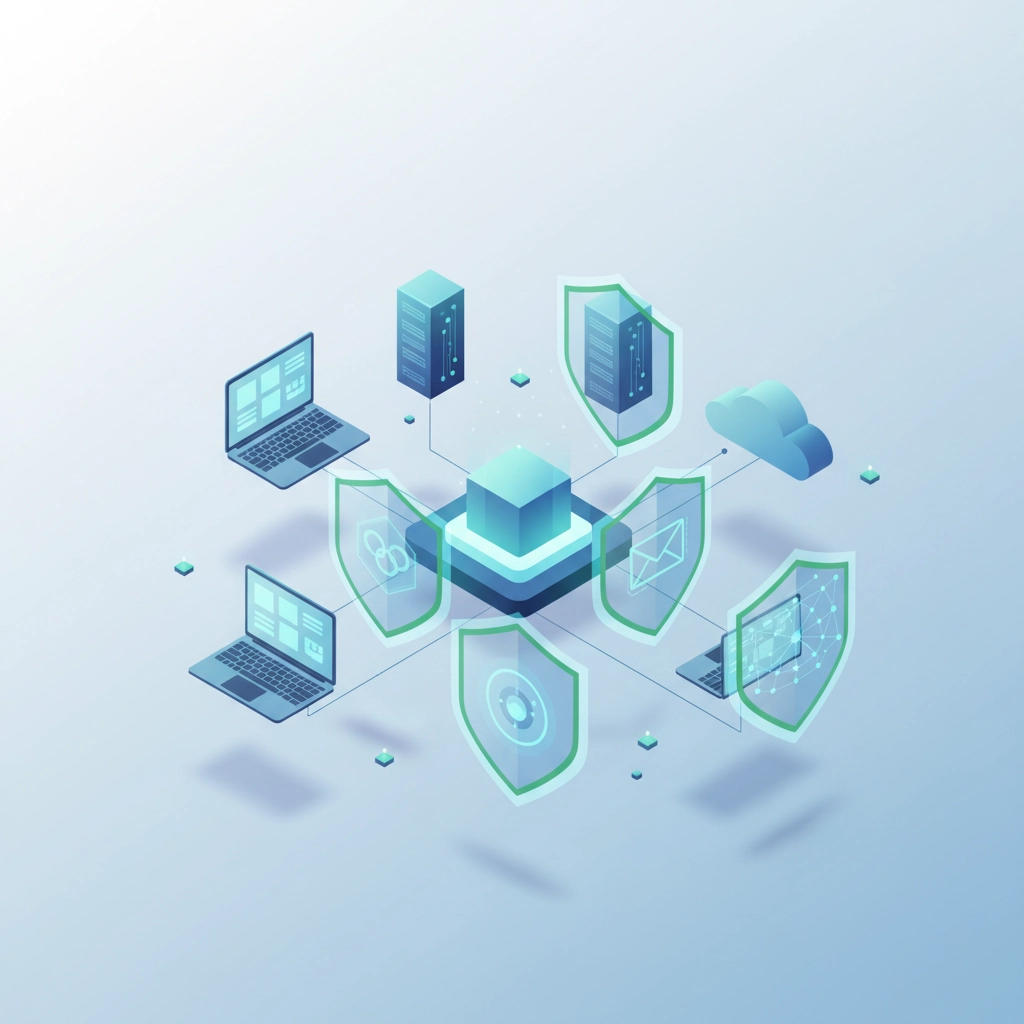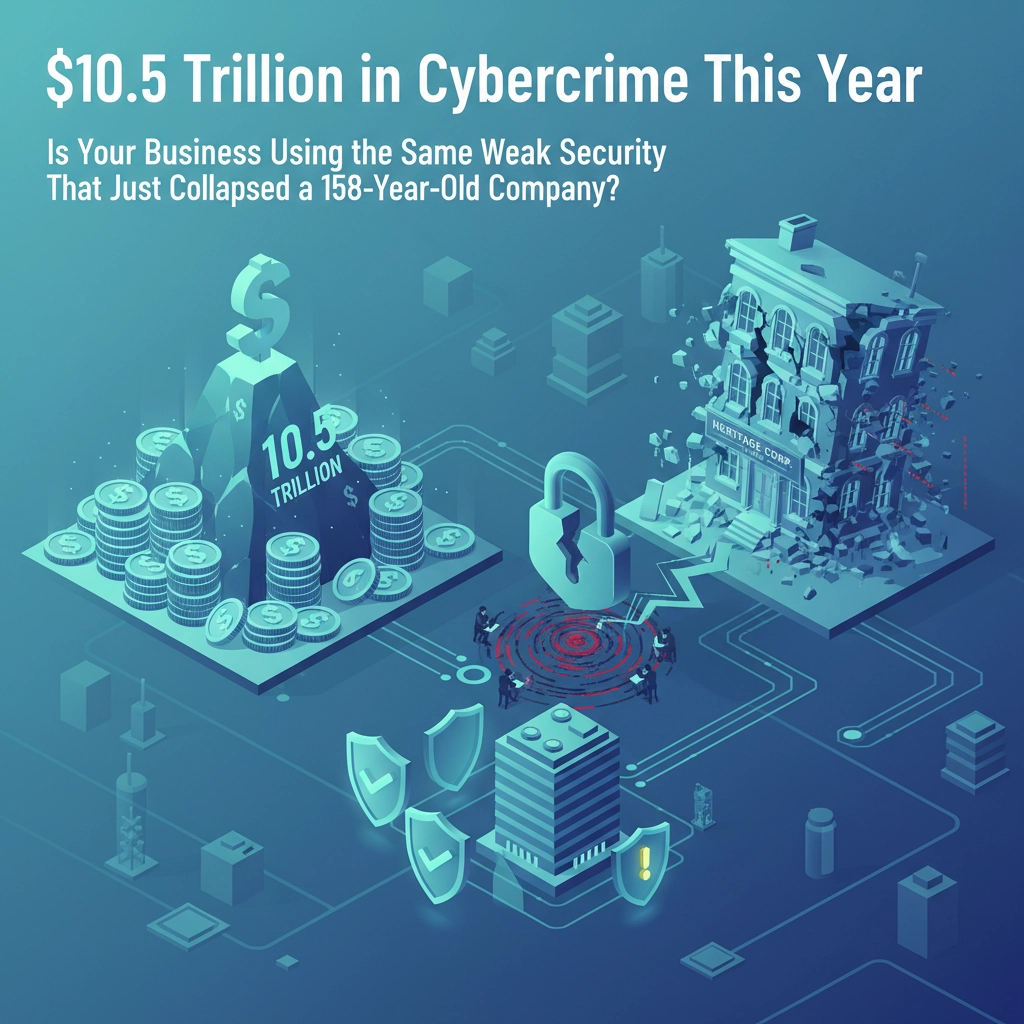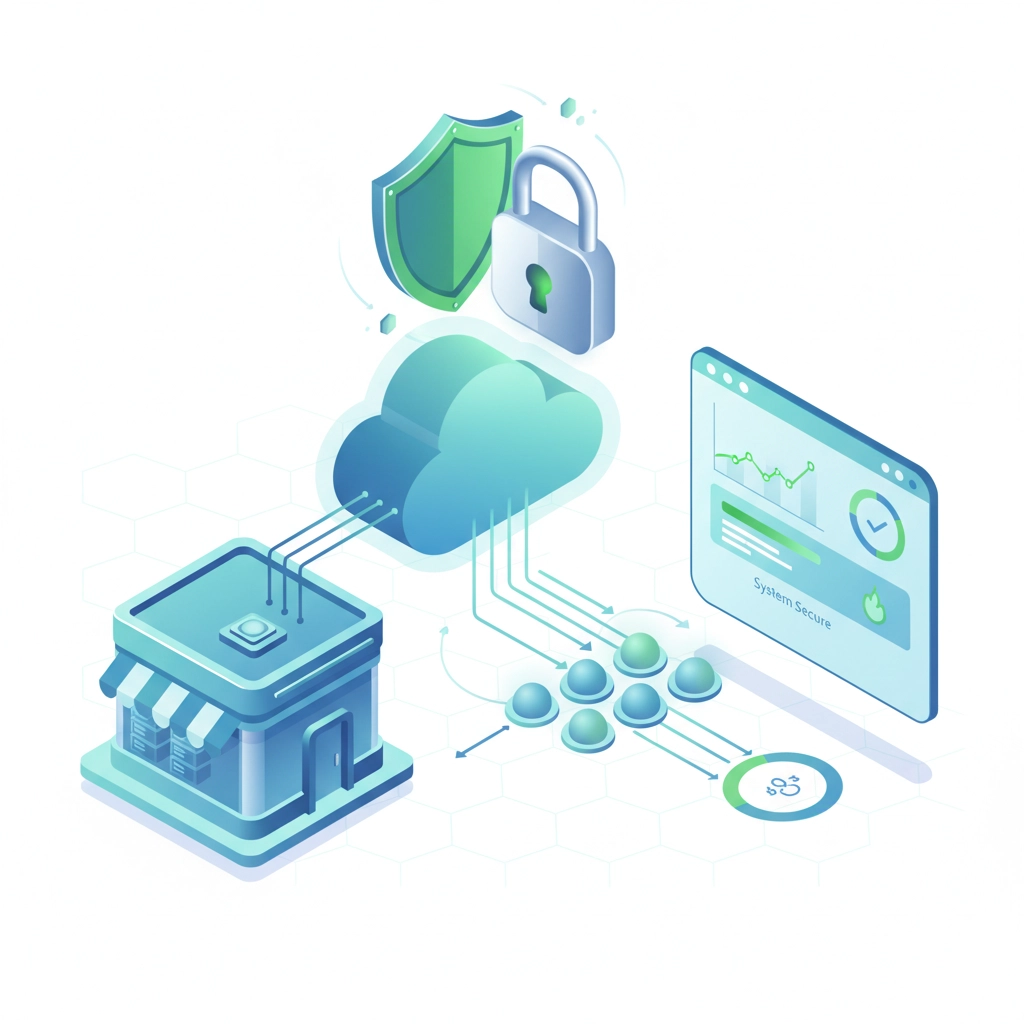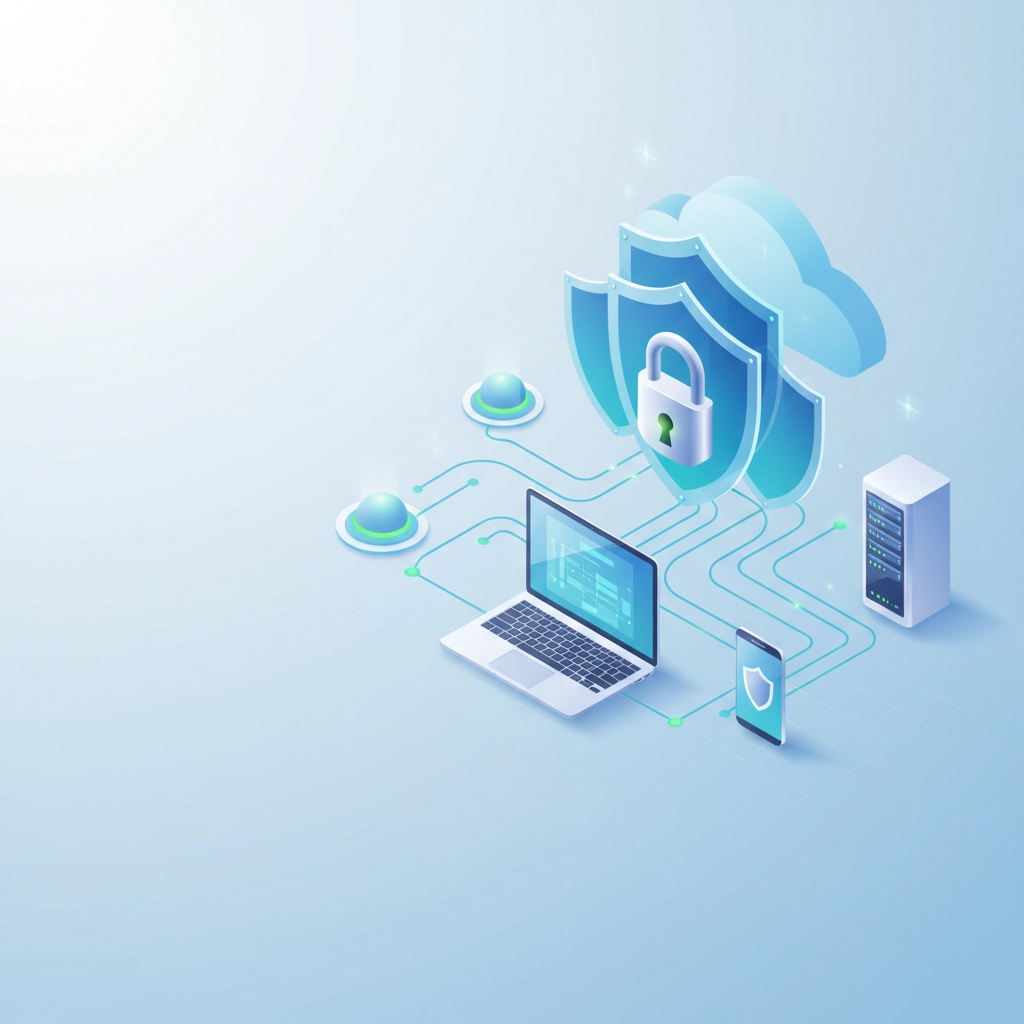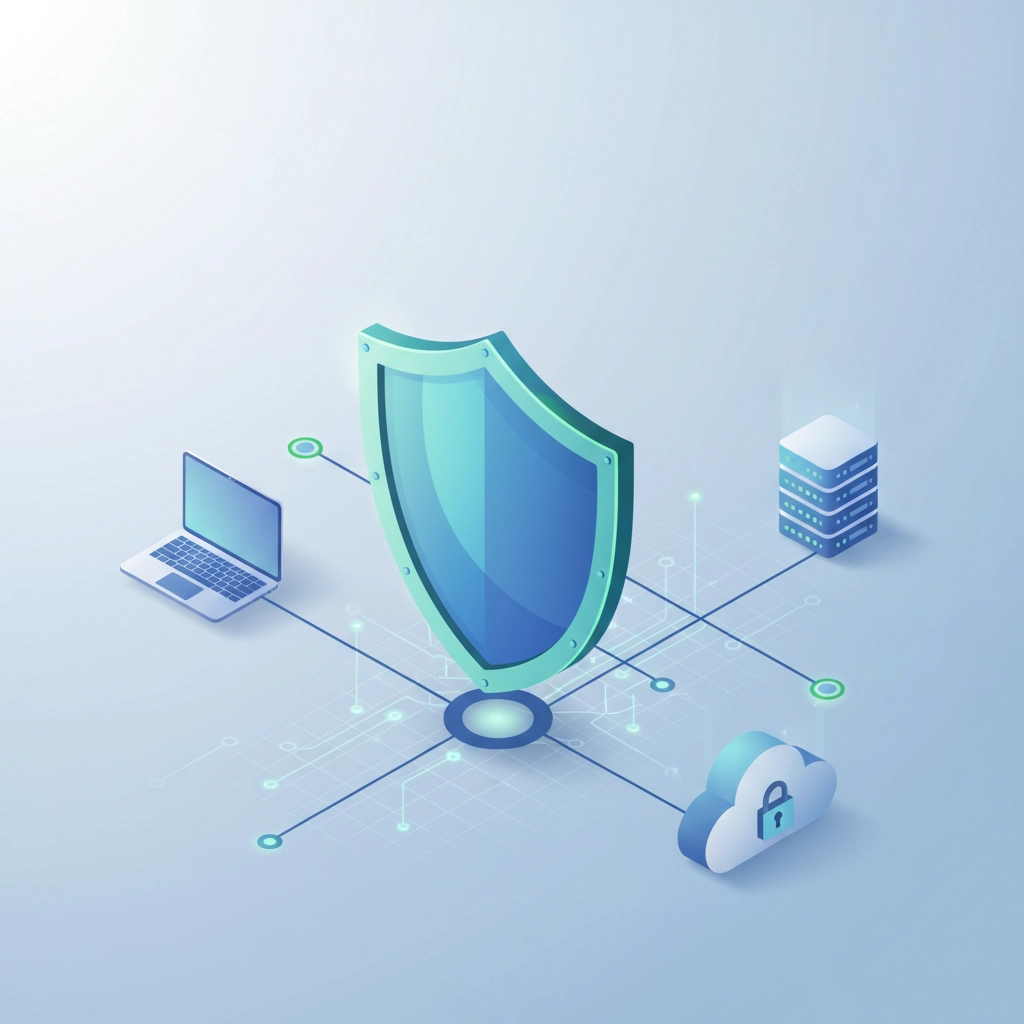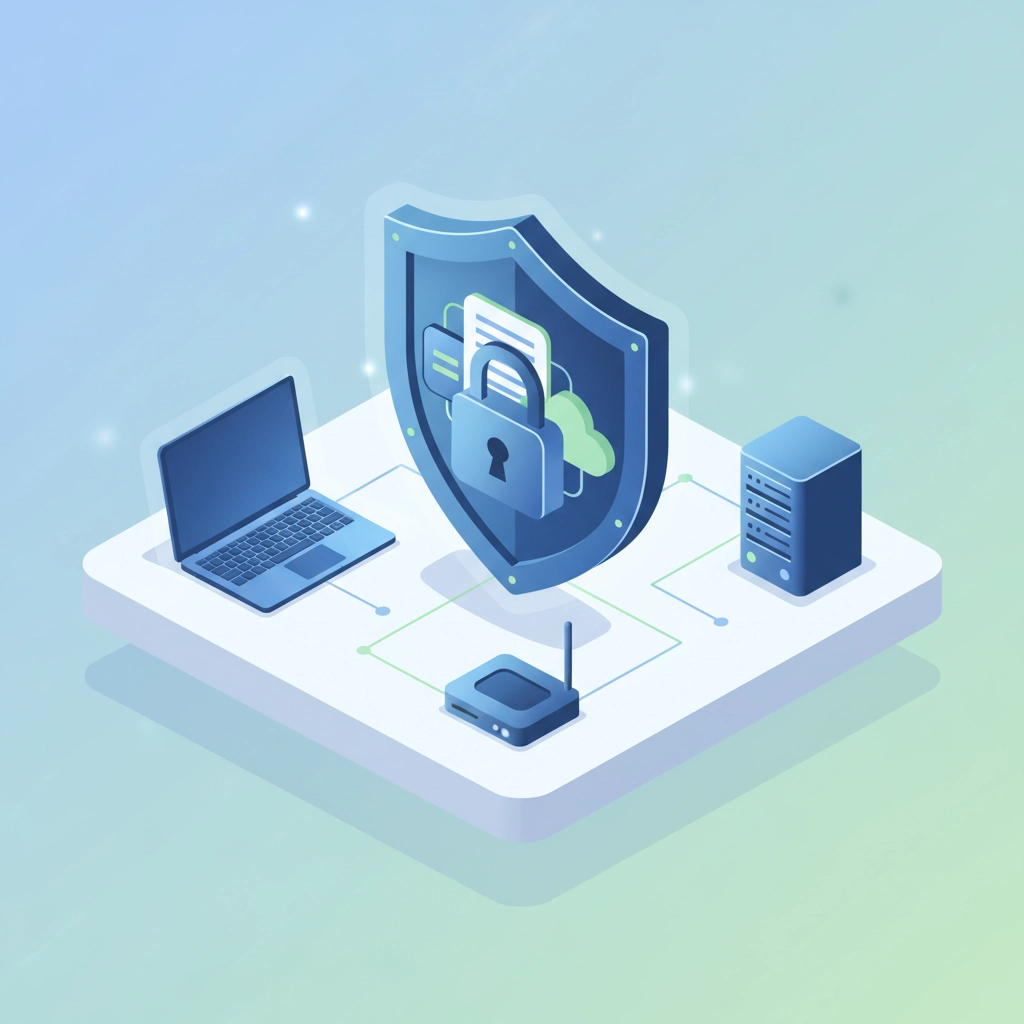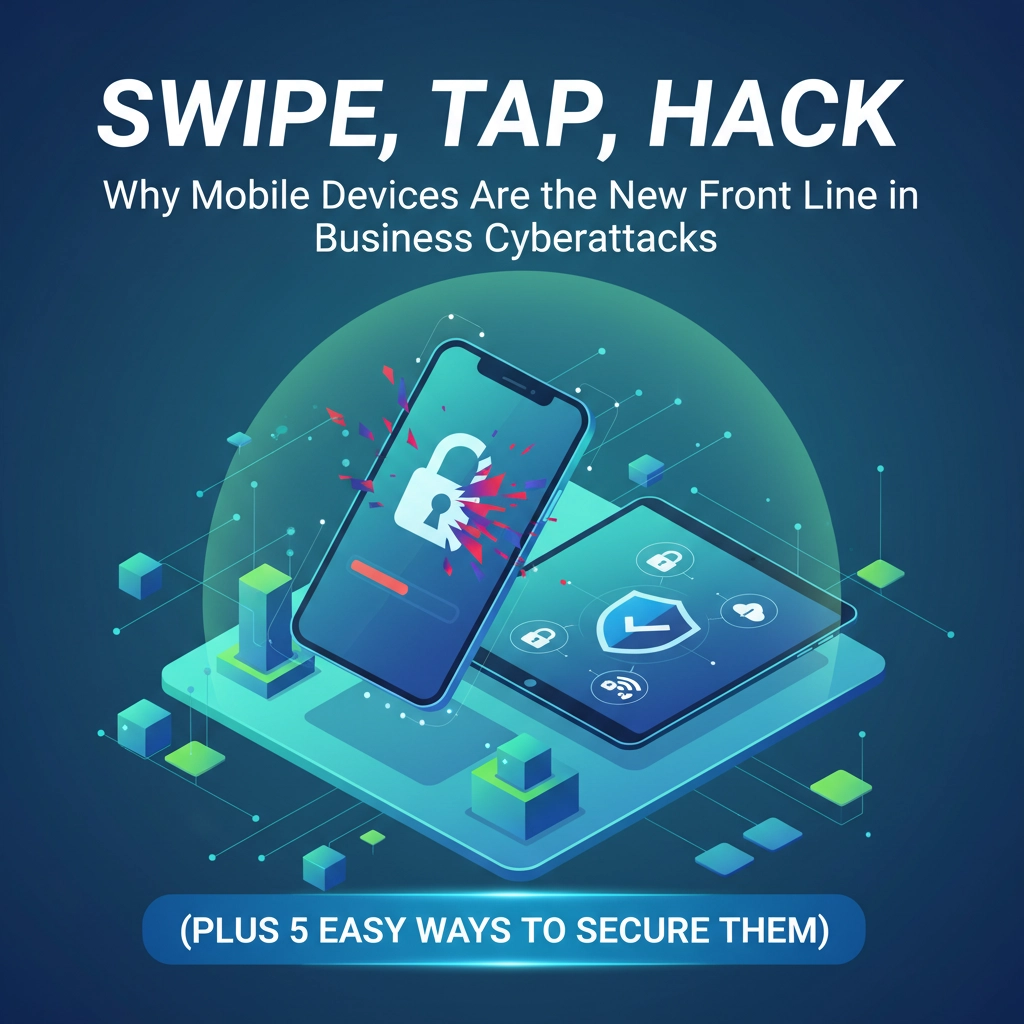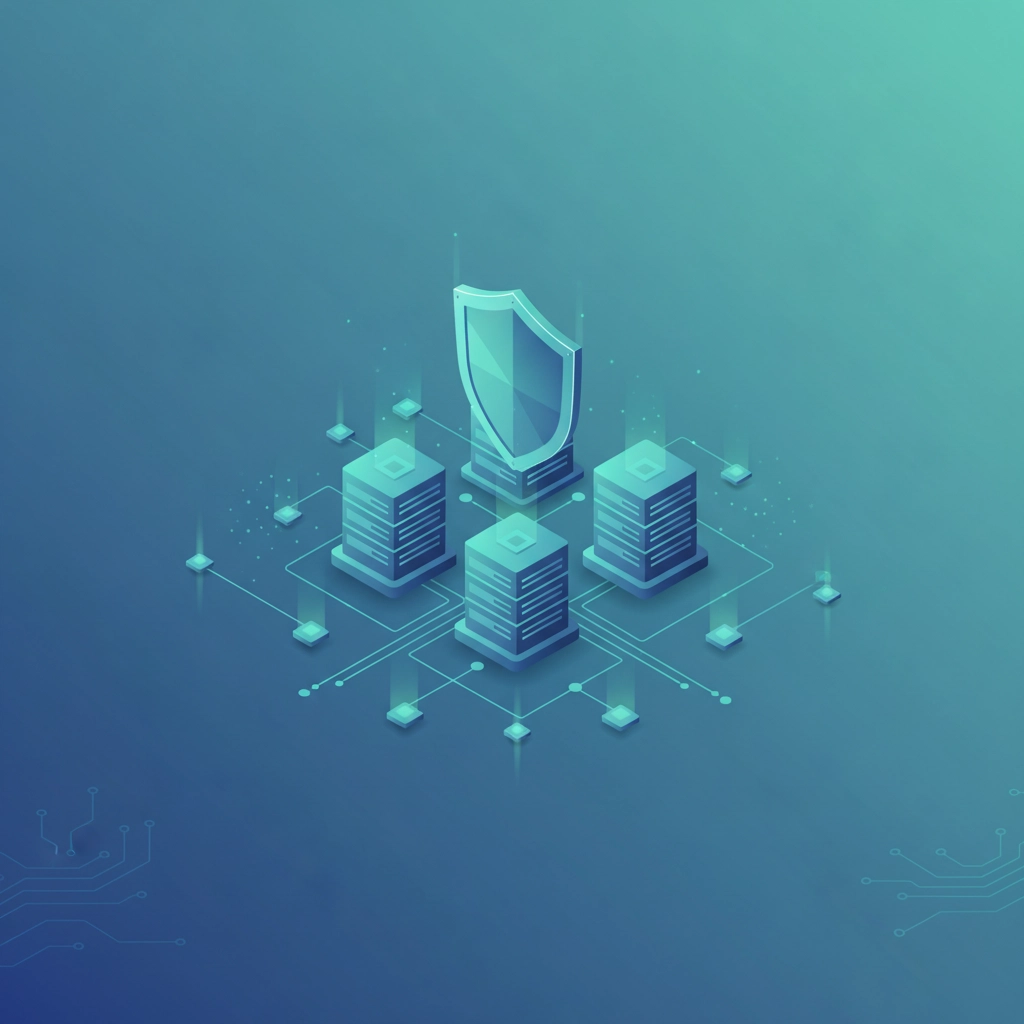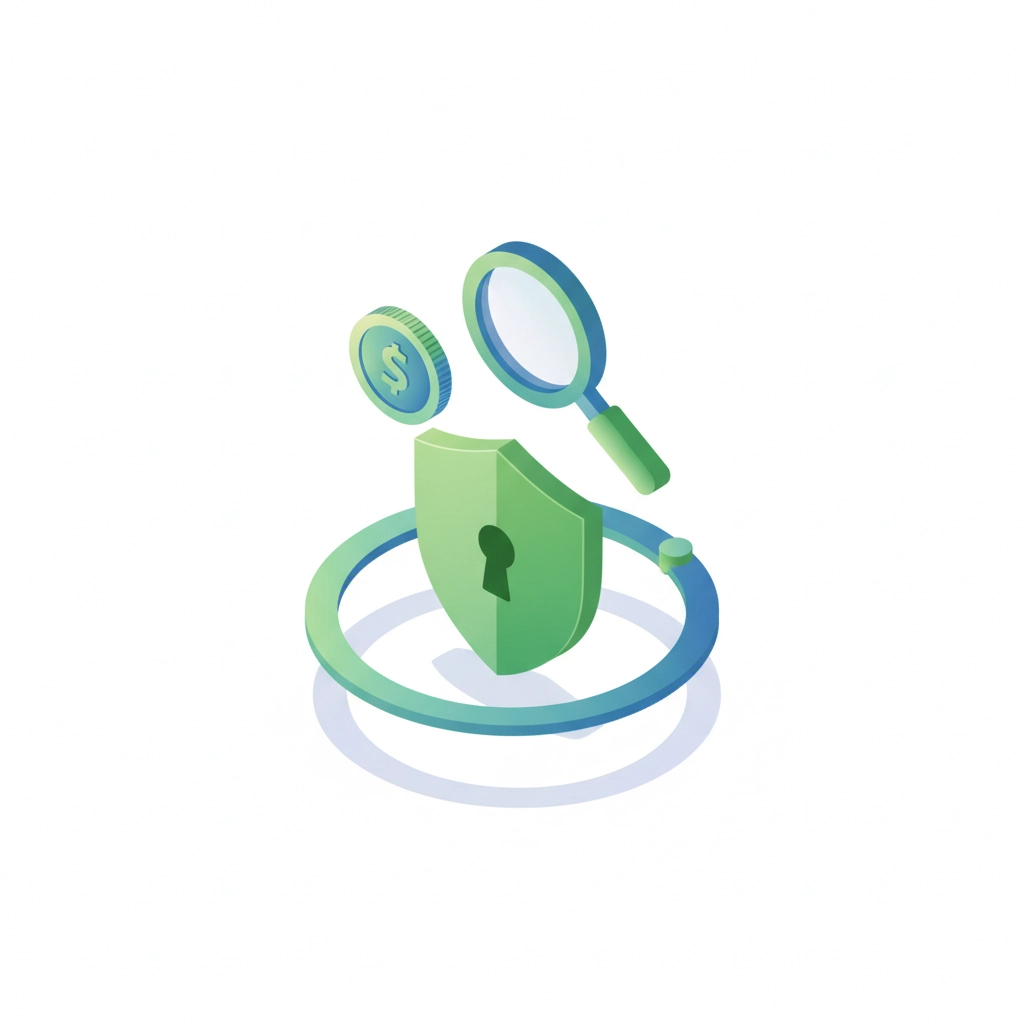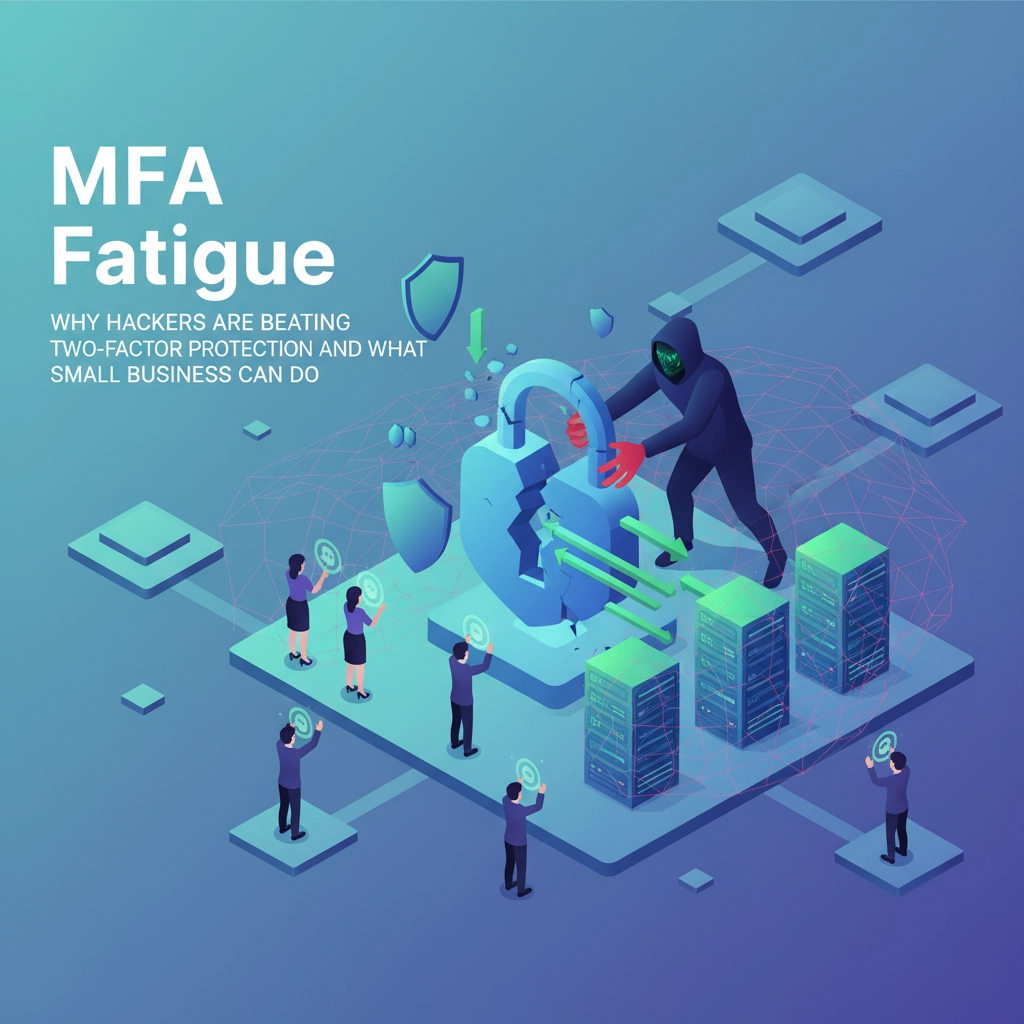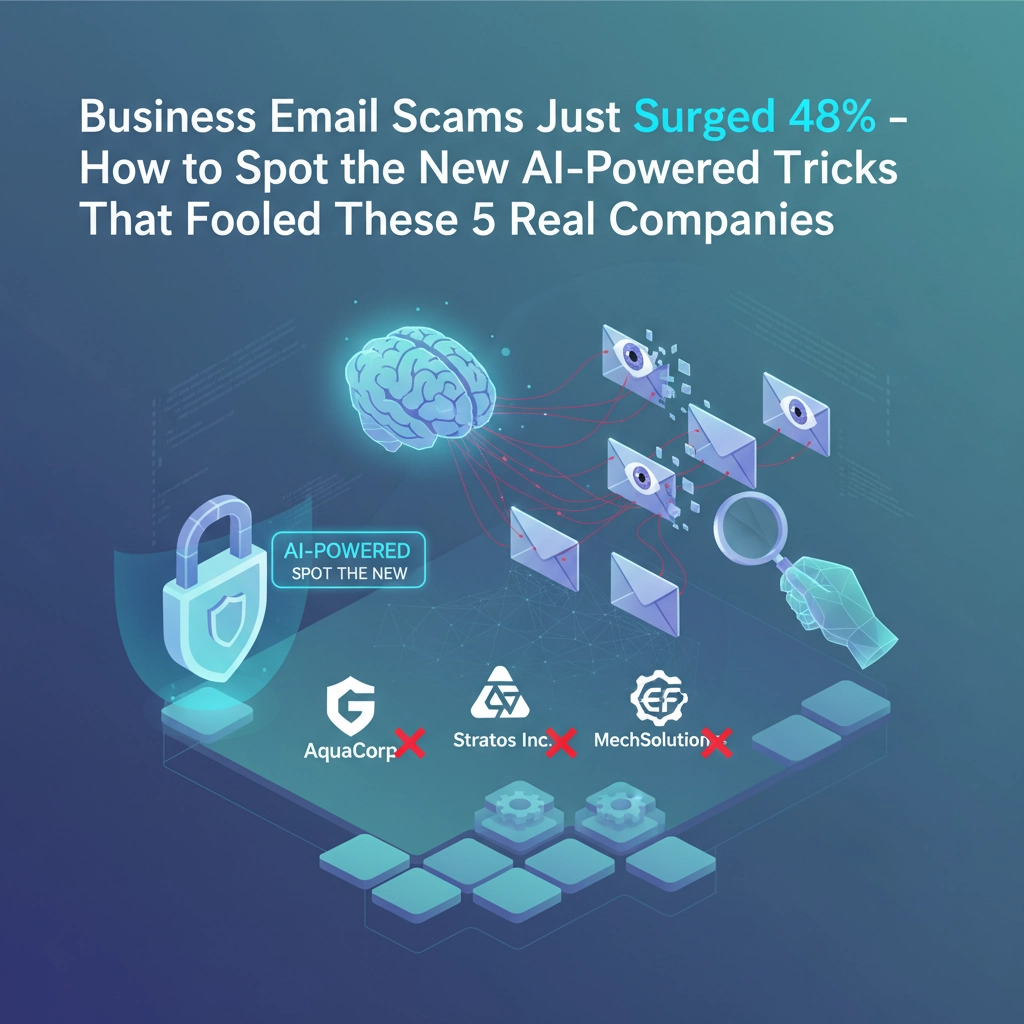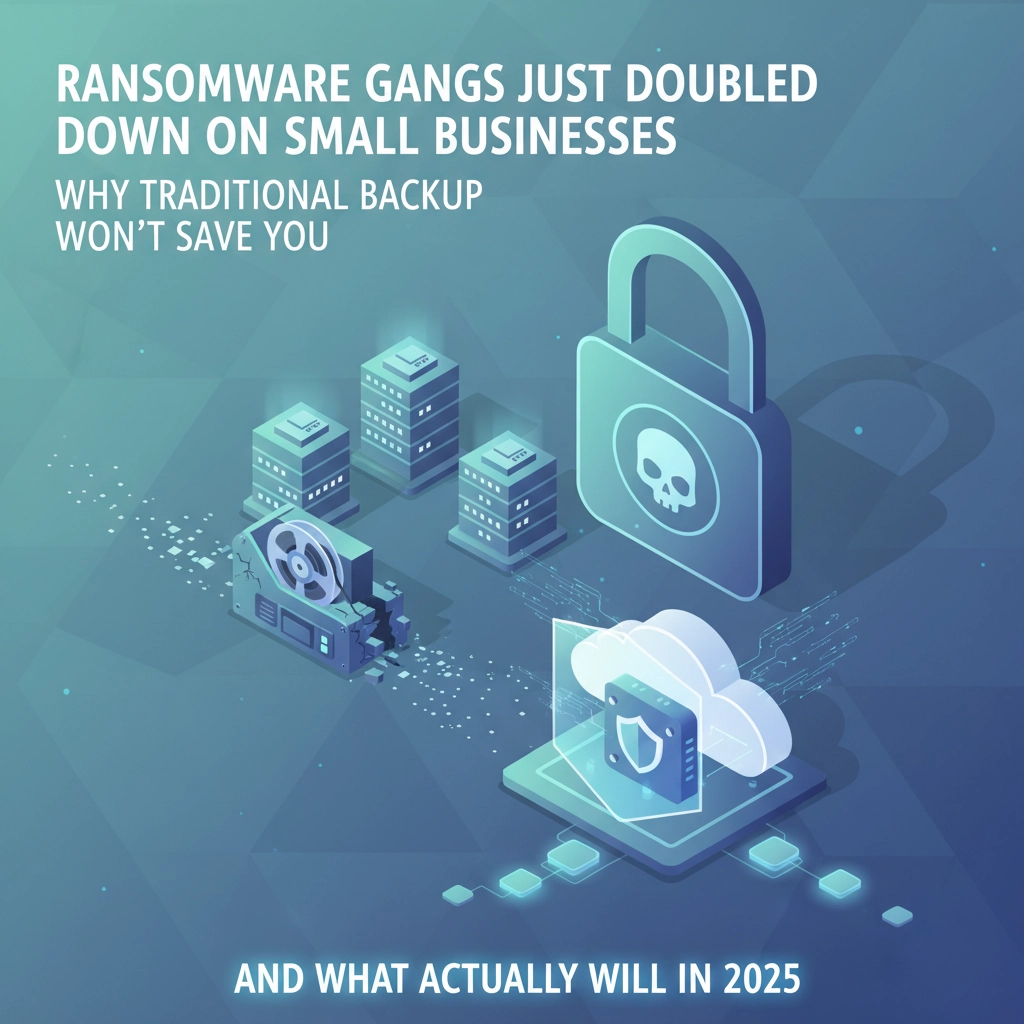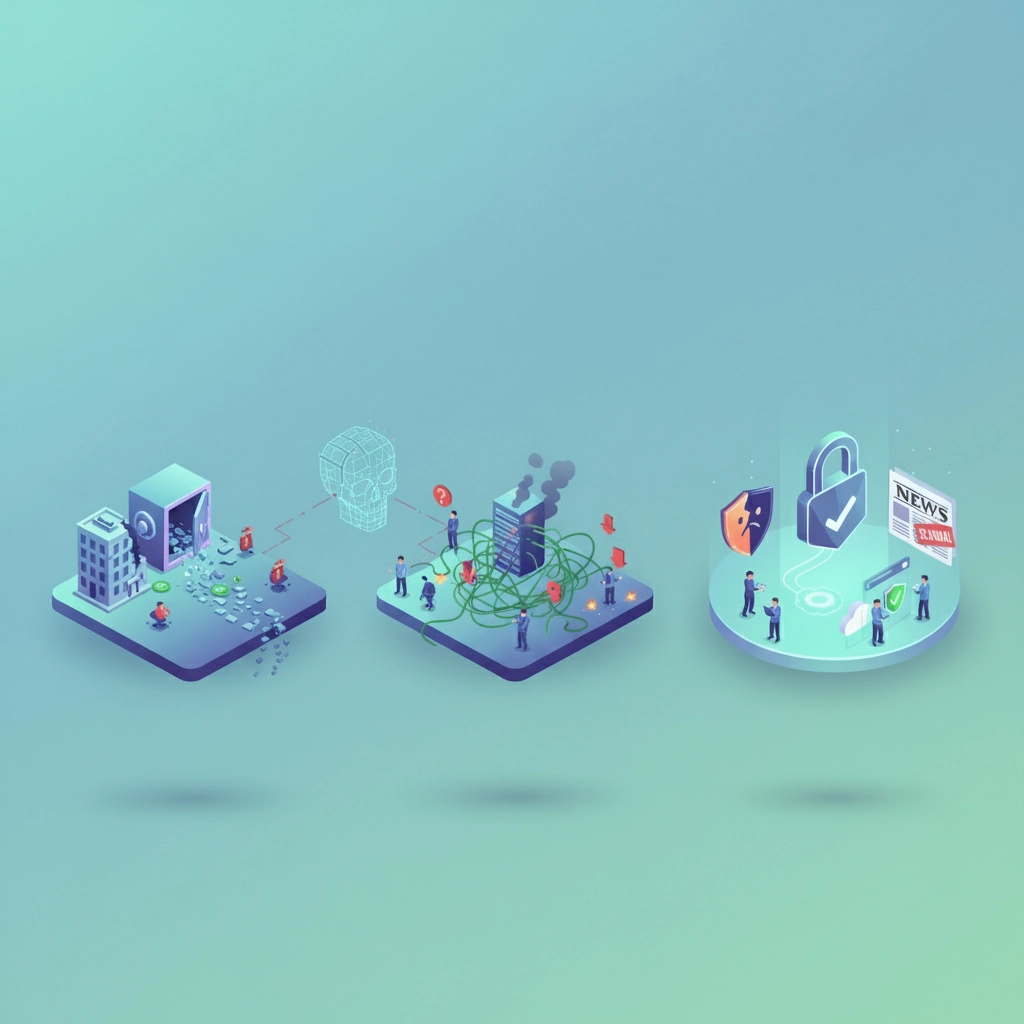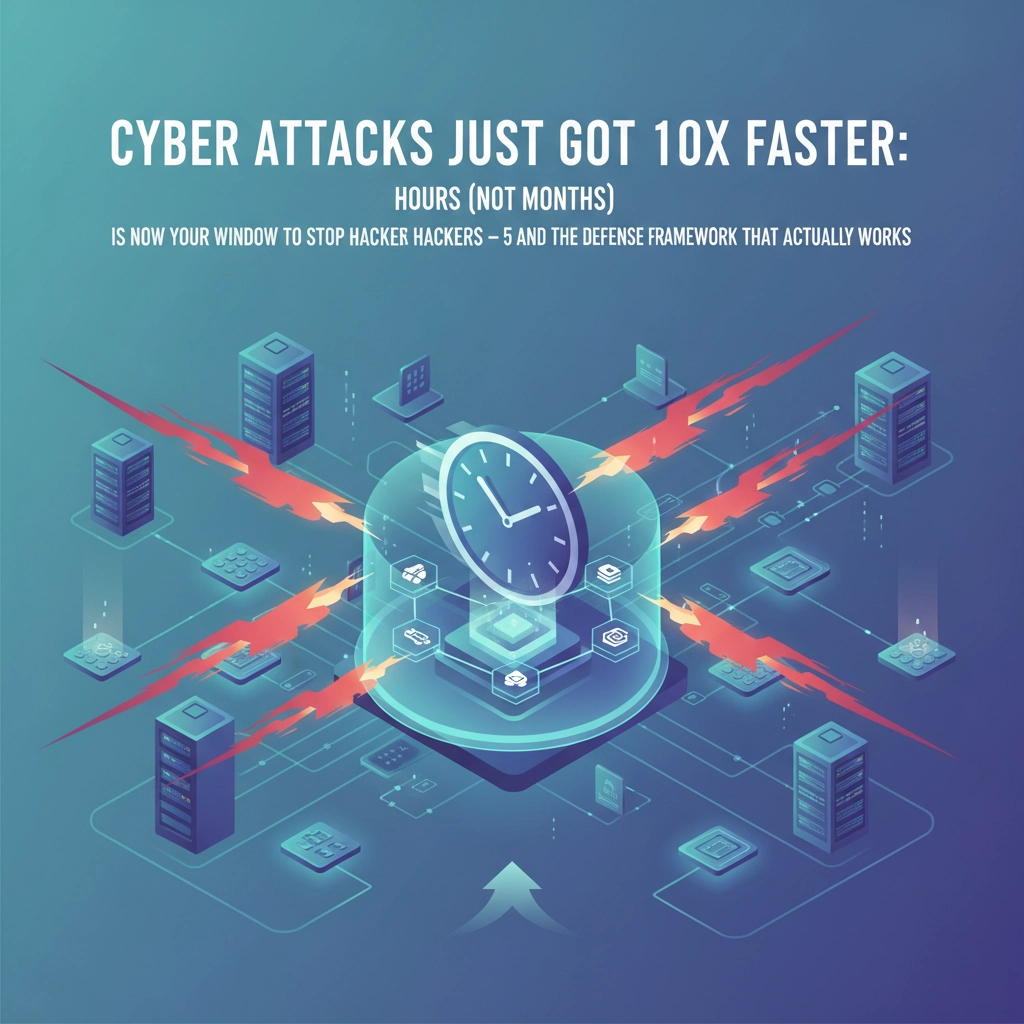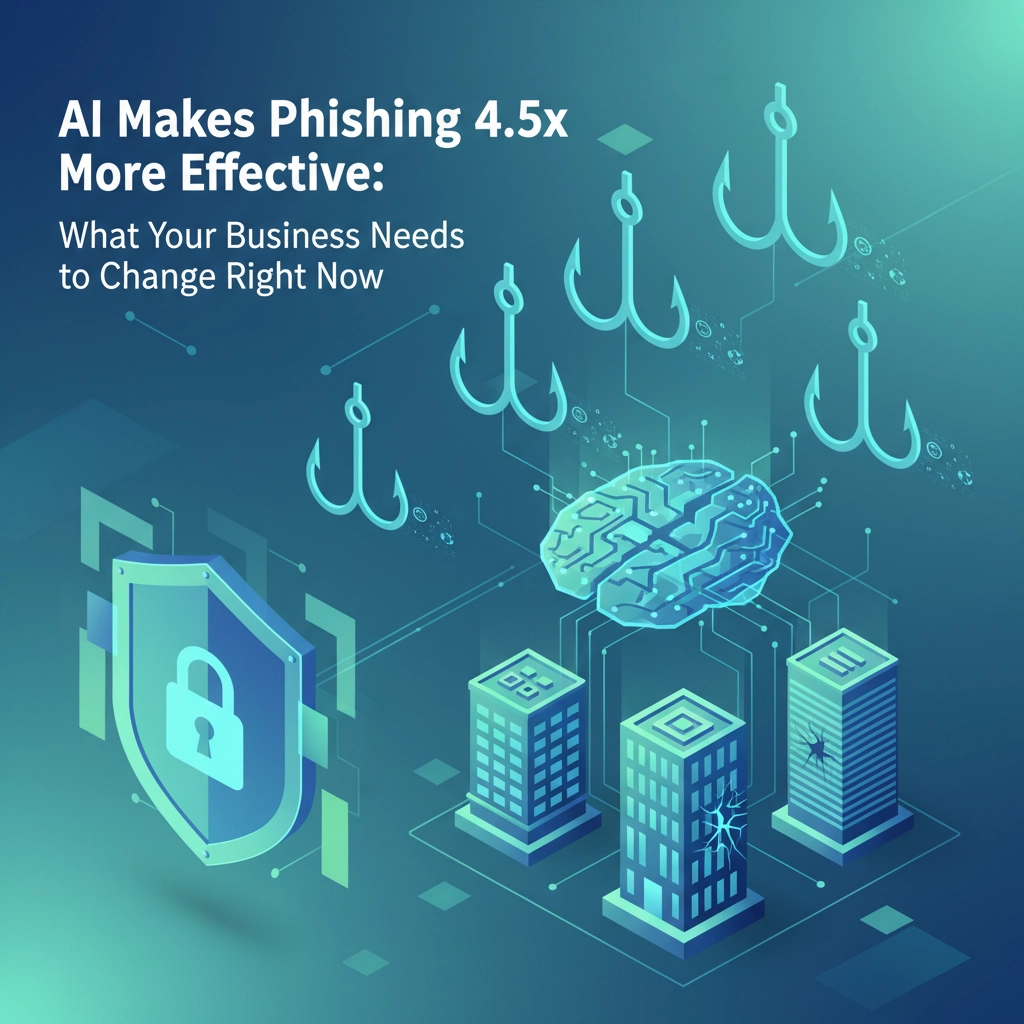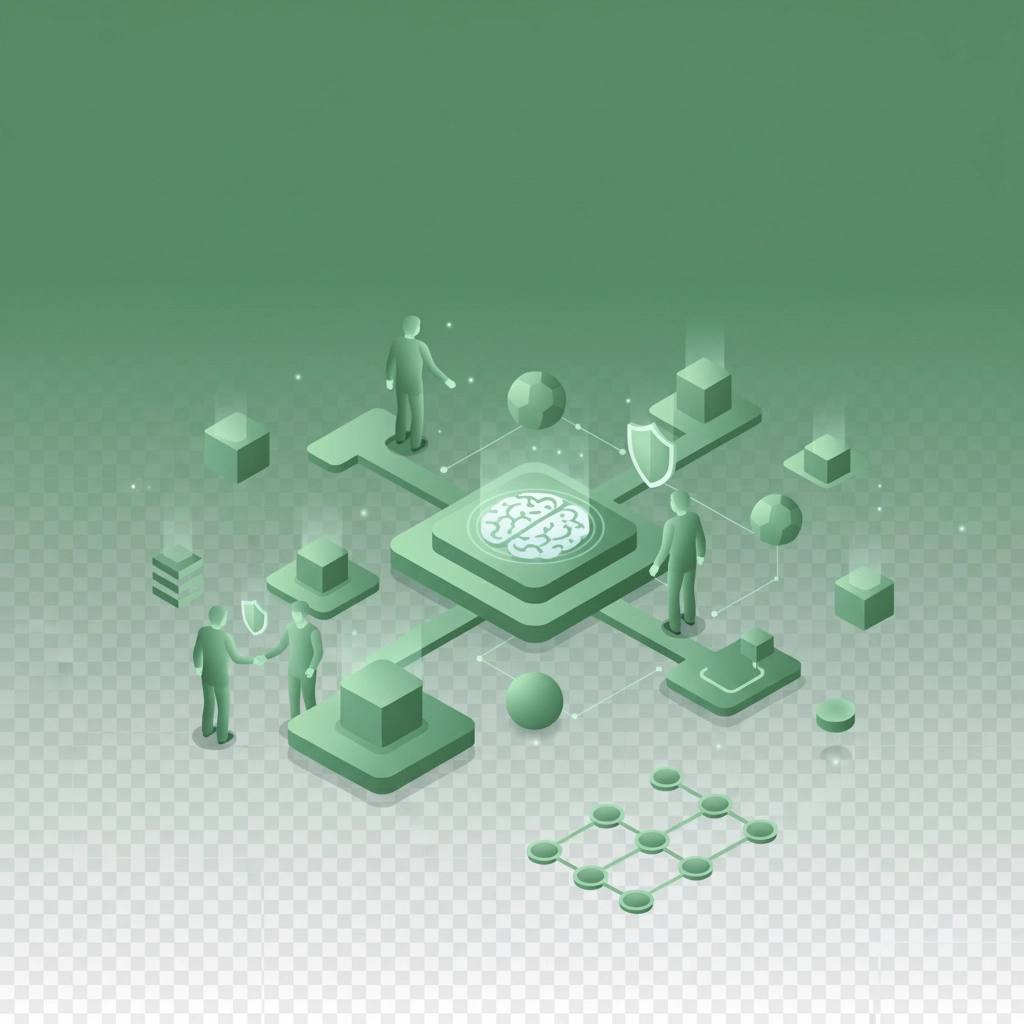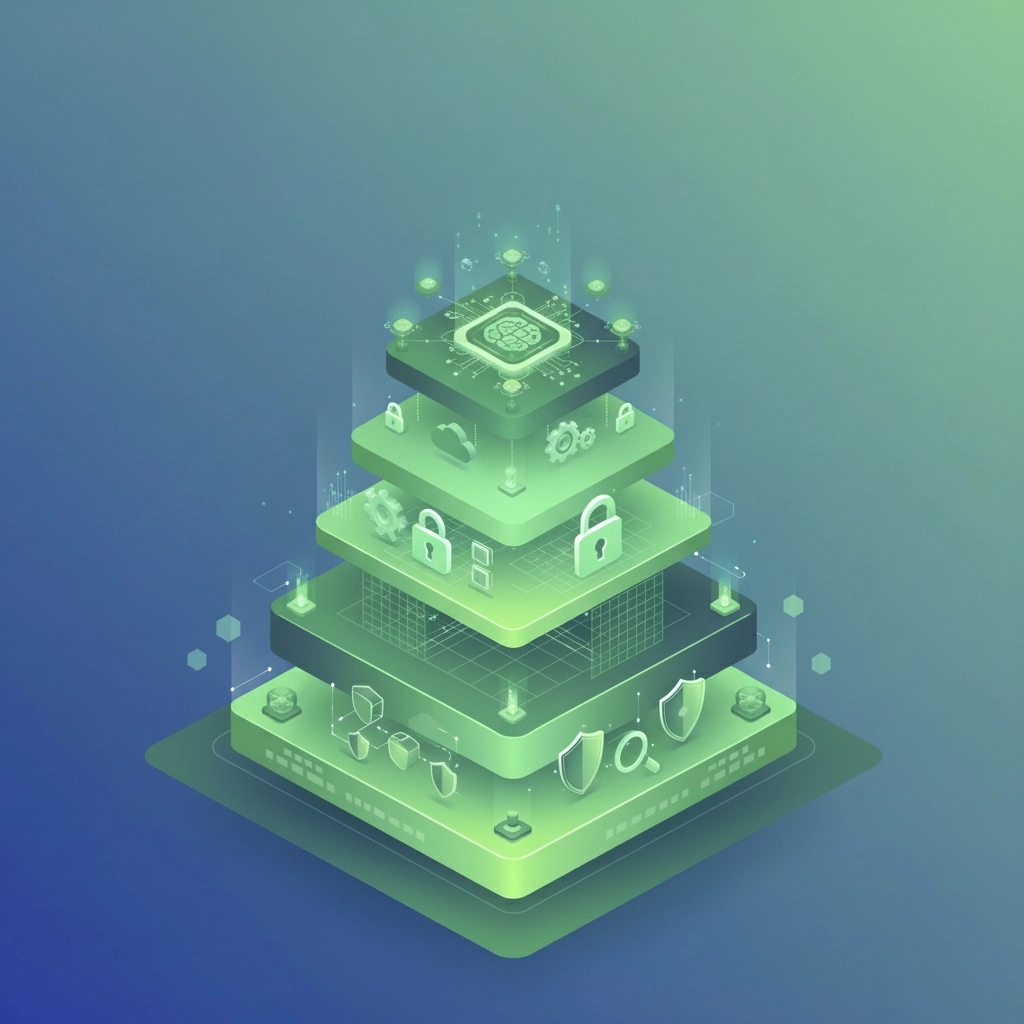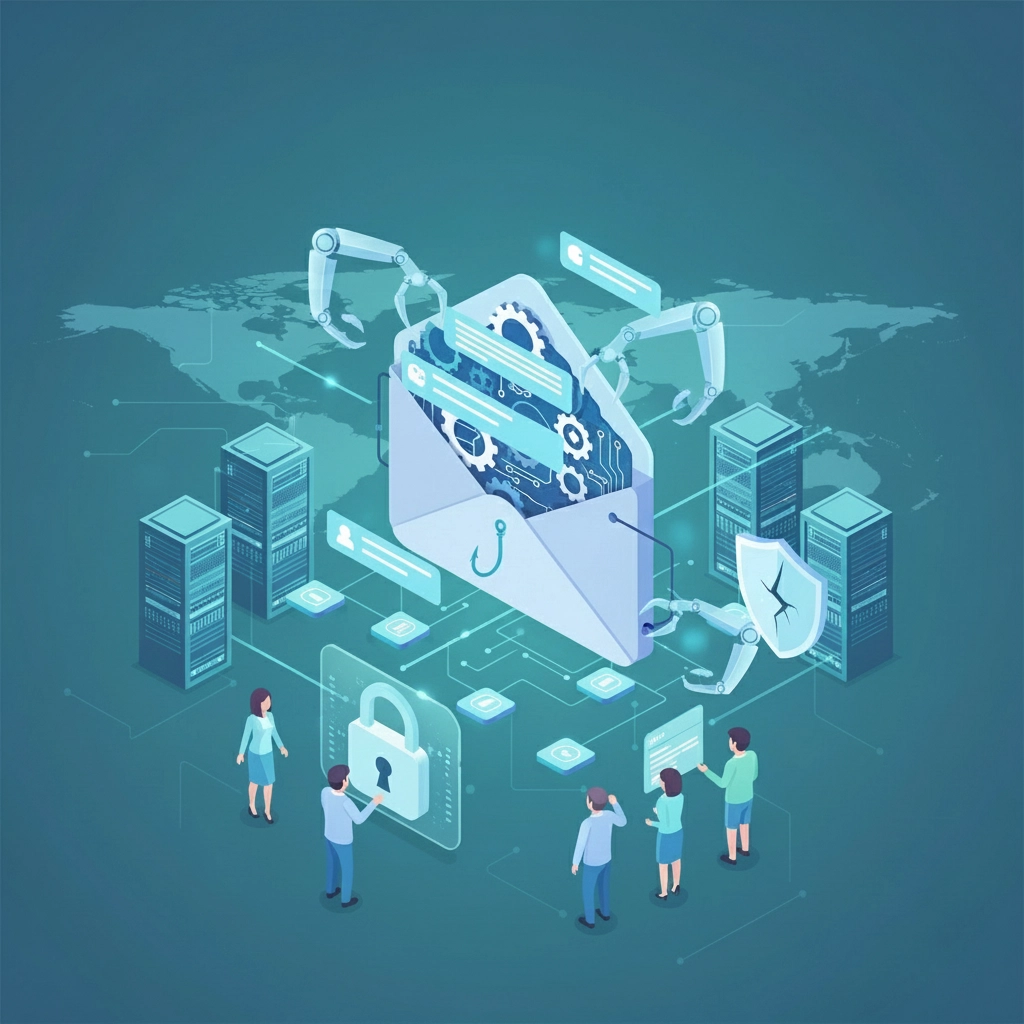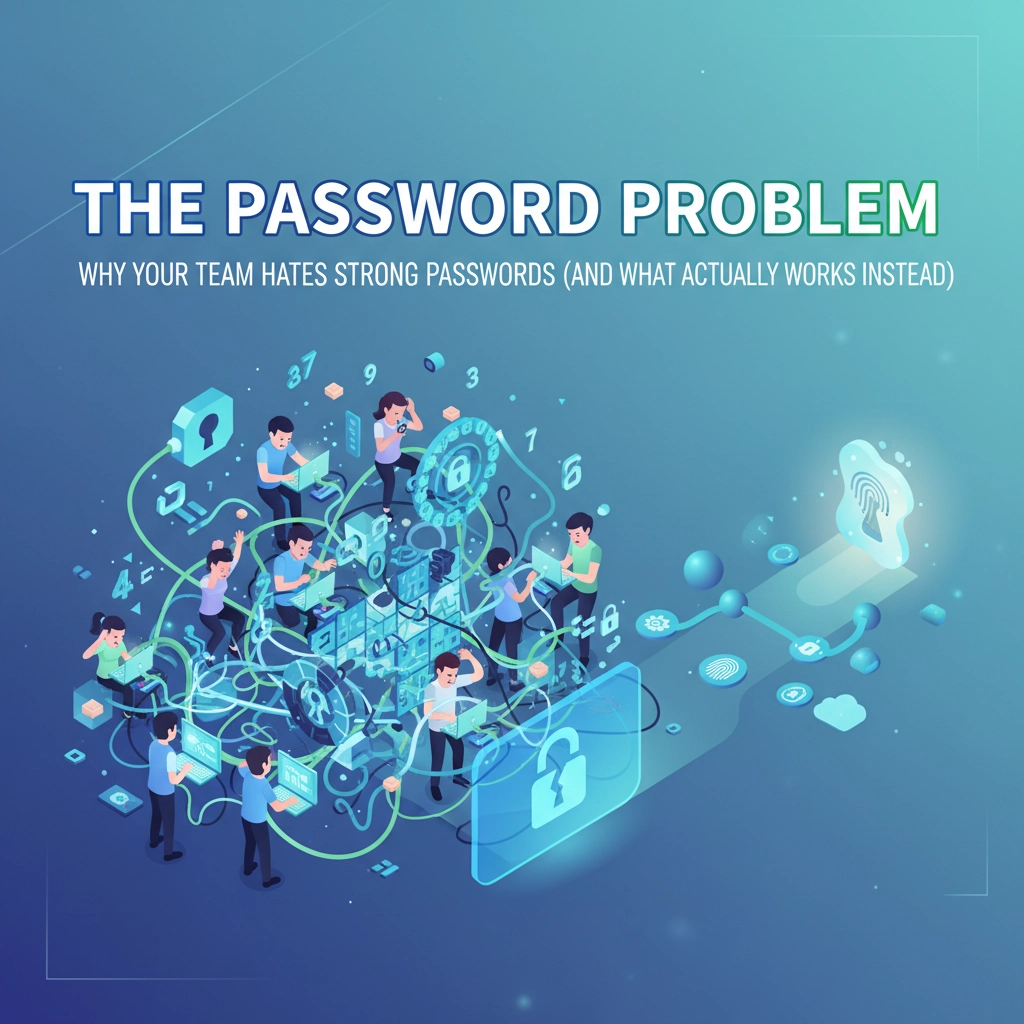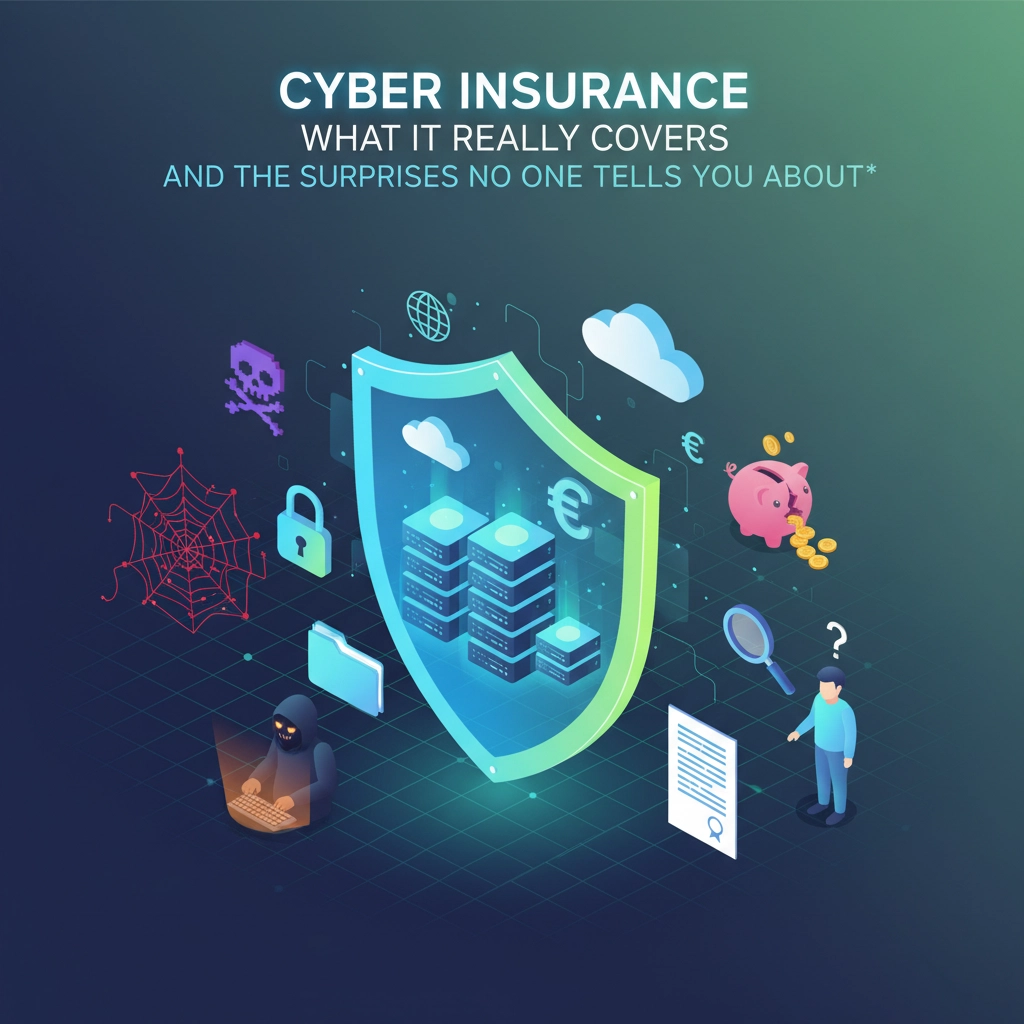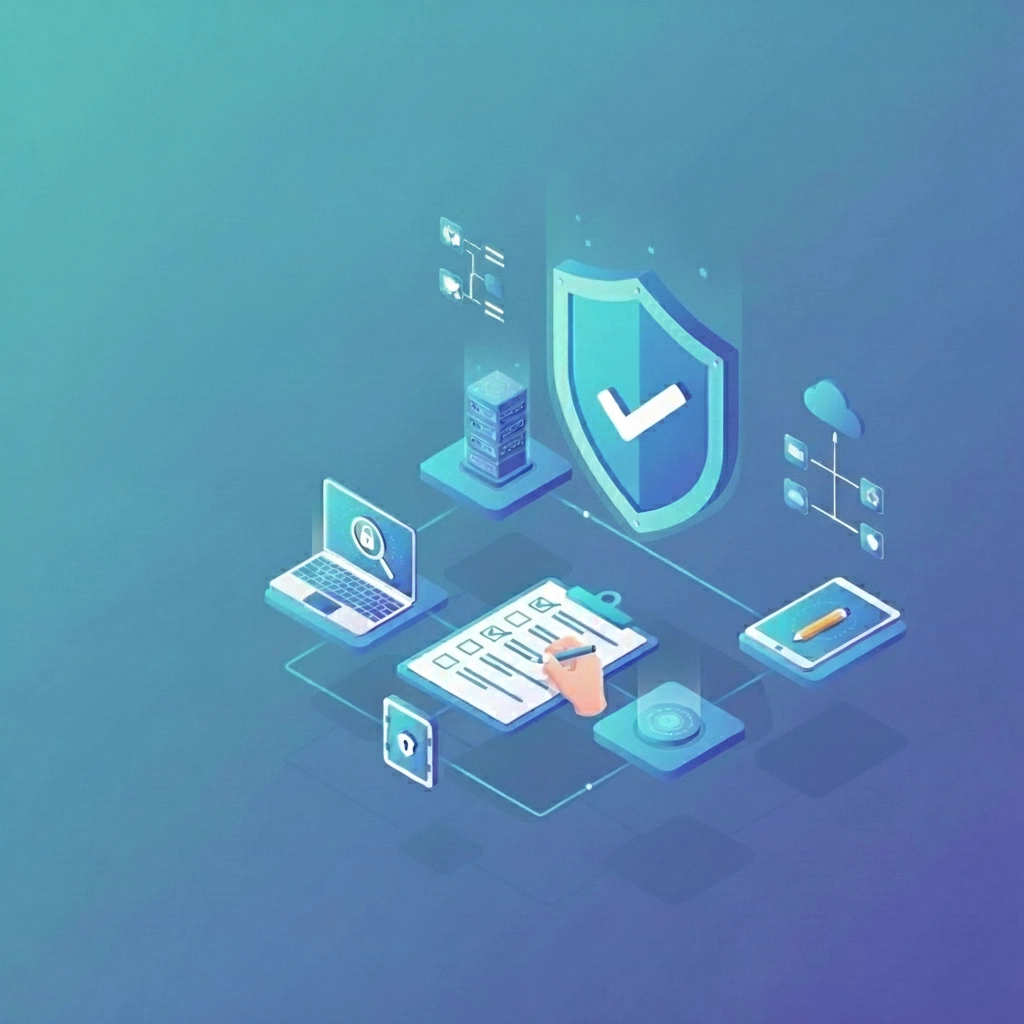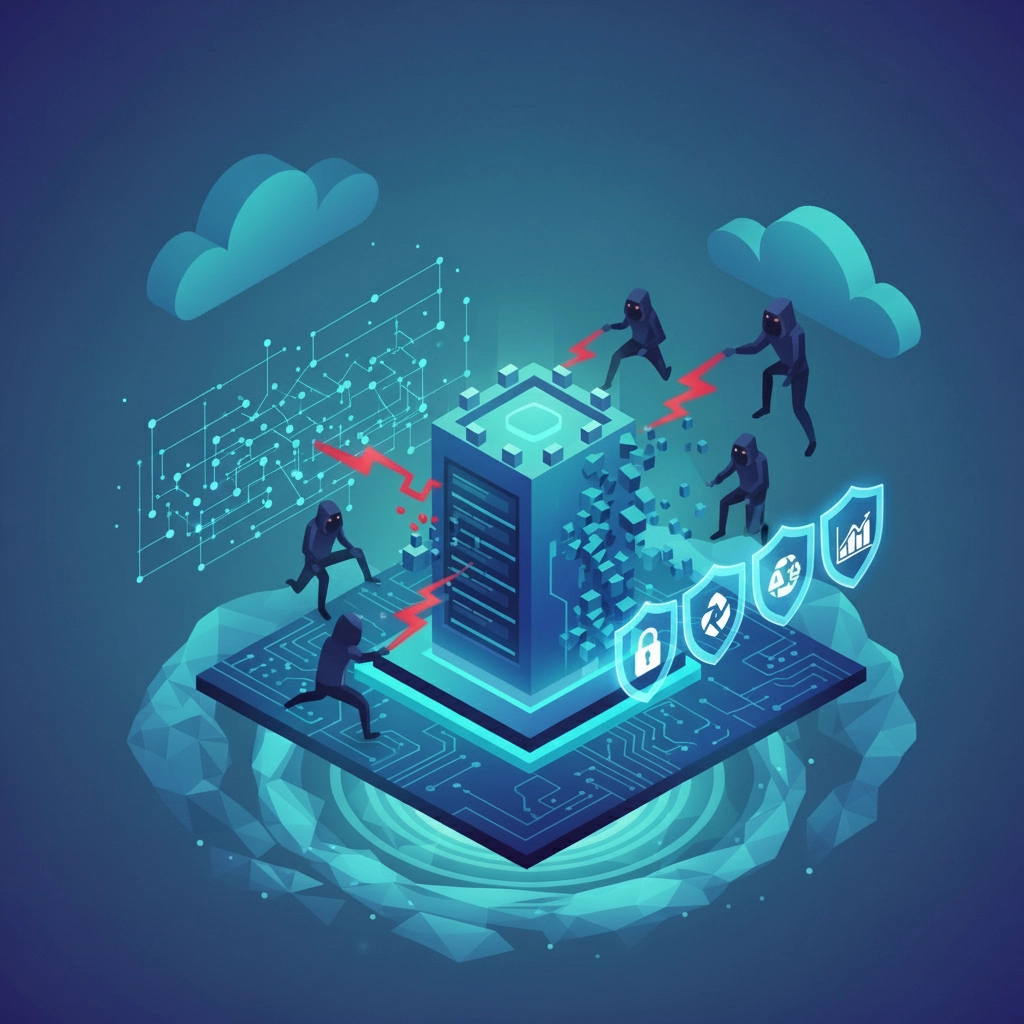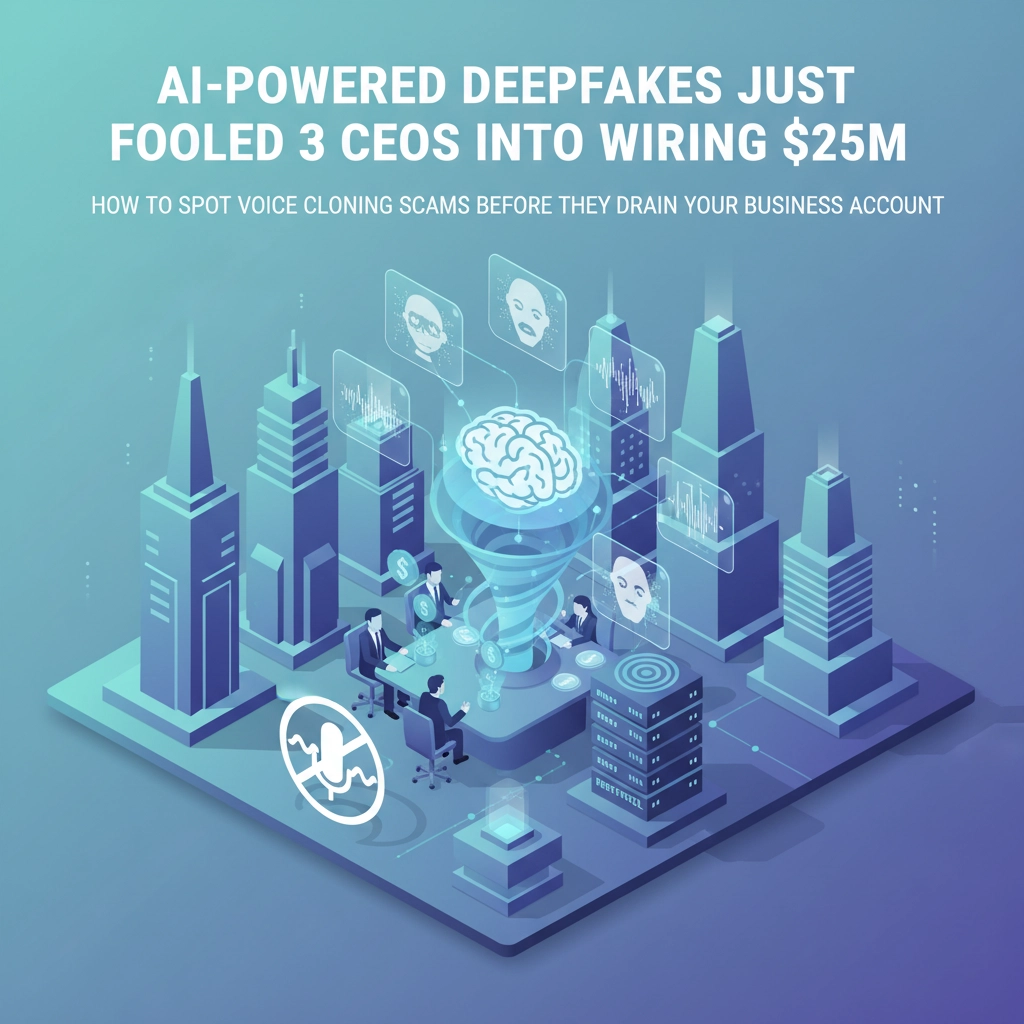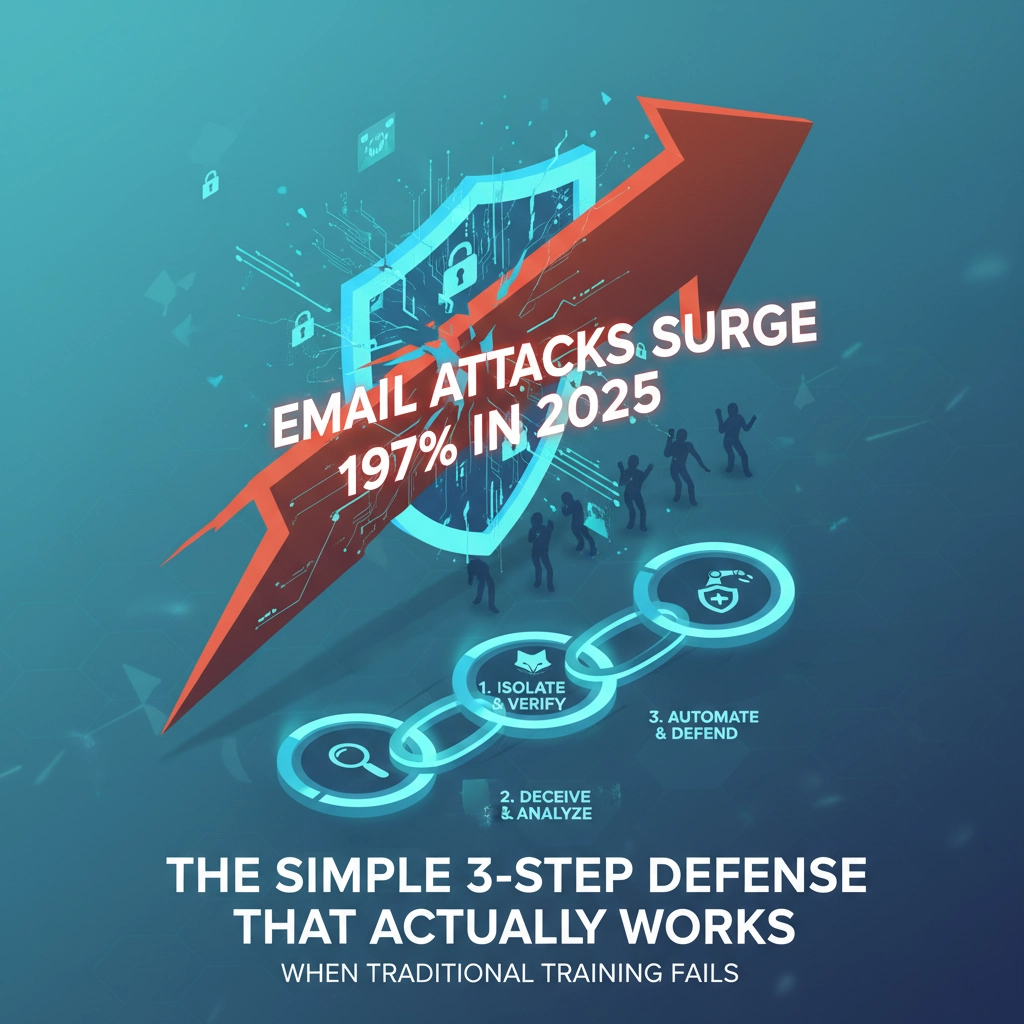Artificial intelligence has become the ultimate game-changer in cybersecurity this year. But here's the thing, it's working for both the good guys and the bad guys. While businesses are using AI to catch threats faster than ever before, cybercriminals are leveraging the same technology to launch more sophisticated attacks and stay under the radar.
Think of it like an arms race, but with algorithms instead of weapons. Every time security teams get smarter with AI, hackers adapt and find new ways to use it against us. The result? A cybersecurity landscape that's more complex and fast-moving than anything we've seen before.
Let's break down exactly how this is playing out in 2025, starting with how AI is helping us defend our businesses.
The Defense Side: How AI Spots the Bad Guys
1. Real-Time Behavioral Detective Work
AI has gotten scary good at watching how people normally use your systems, and immediately spotting when something's off. Think of it as having a digital security guard who knows everyone's daily routine by heart.
Here's how it works: AI creates a baseline profile for every user in your organization. It learns that Sarah from accounting always logs in at 8 AM from her home in Ohio and typically accesses customer billing files. But if "Sarah" suddenly logs in at 3 AM from Romania and starts downloading your entire customer database? The AI flags it instantly.
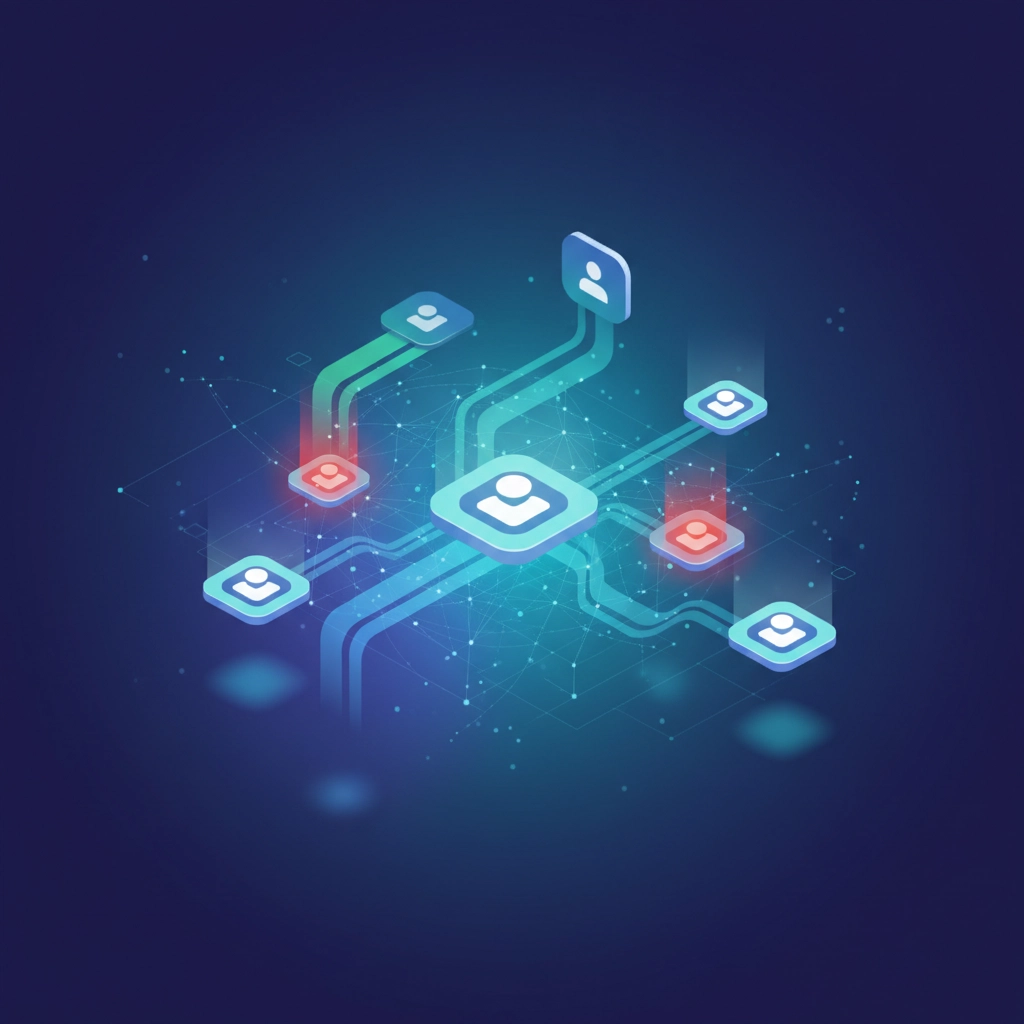
This behavioral analytics approach catches threats that traditional security tools miss. Password theft used to be a goldmine for hackers because once they had your credentials, they looked just like you. Not anymore. AI can tell the difference between you and someone pretending to be you based on hundreds of tiny behavioral patterns.
2. Pattern Recognition on Steroids
The second way AI is revolutionizing defense is through advanced pattern recognition. While humans can spot obvious threats, AI can identify complex patterns across millions of data points that would take a human analyst years to catch.
Modern AI systems analyze network traffic, email patterns, file access logs, and system behaviors simultaneously. They're looking for the subtle signatures that indicate an attack is brewing, like when malware starts making specific types of network requests or when a phishing campaign follows a particular communication pattern.
What makes this especially powerful in 2025 is that these AI systems are getting better at connecting the dots across different types of attacks. They might notice that the unusual file access from last week, combined with today's strange network traffic, actually represents a single coordinated attack that's been developing slowly over time.
3. Predictive Threat Intelligence
This is where AI gets really impressive. Instead of just reacting to attacks, AI systems are now predicting them. They analyze global threat data, historical attack patterns, and current security trends to forecast what types of attacks your business might face in the coming weeks or months.
For example, if AI detects that a particular type of ransomware is spreading rapidly through businesses in your industry, it can automatically strengthen your defenses against that specific threat before you're even targeted. It's like having a crystal ball that actually works.
The Dark Side: How AI Helps Attackers Hide
Now here's where things get concerning. The same AI technologies protecting businesses are being weaponized by cybercriminals to make their attacks more effective and harder to detect.
4. Chameleon Malware That Adapts in Real-Time
Google's security team recently discovered at least five different malware families that use AI to literally reinvent themselves on the fly. This adaptive malware can modify its code, change its behavior patterns, and alter its network communications to avoid detection.
Think of traditional malware as wearing the same disguise every day, eventually, security systems learn to recognize it. AI-powered malware is like a master of disguise who changes costumes every few minutes. Just when your security system learns to spot one version, the malware has already morphed into something completely different.
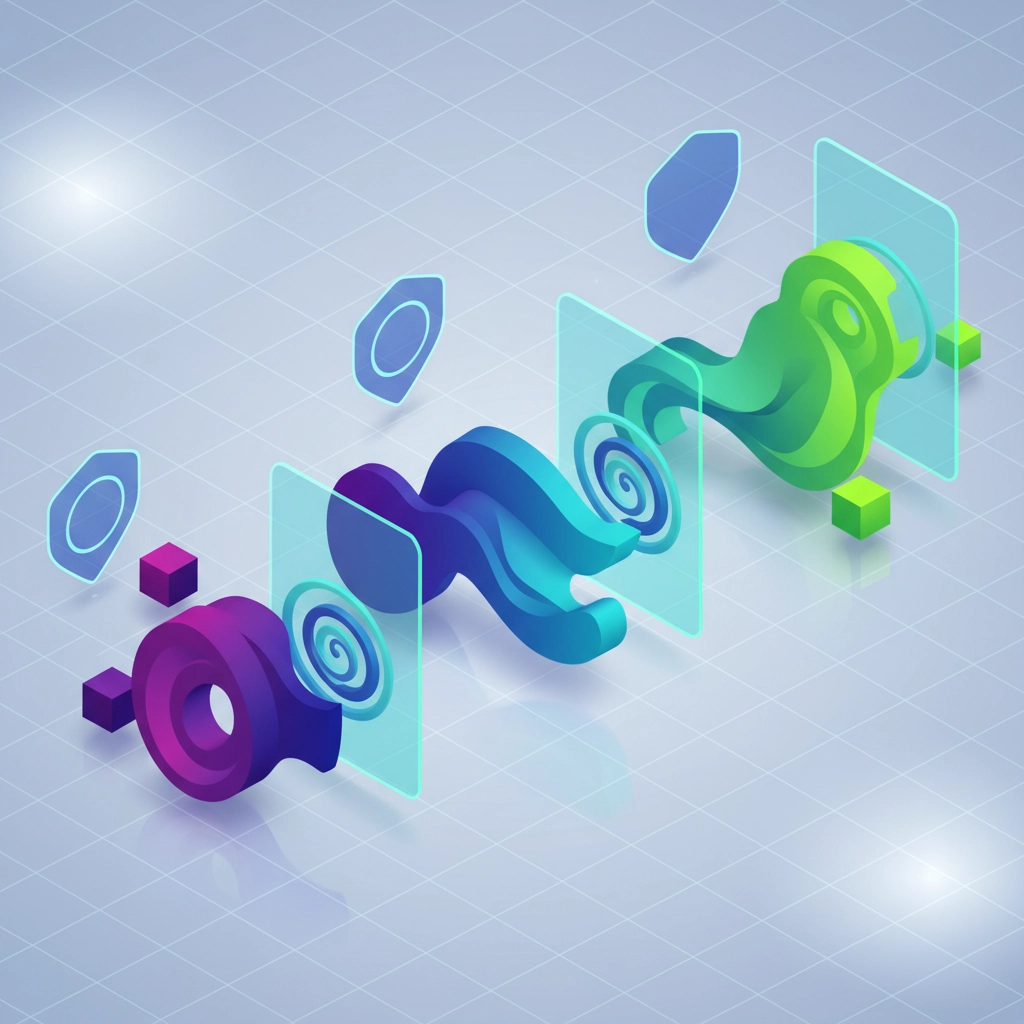
This creates a nightmare scenario for traditional security tools that rely on recognizing known threat signatures. By the time a security system identifies the threat, it's already evolved into something unrecognizable.
5. Hyper-Personalized Social Engineering
The fifth way AI is changing the game is through incredibly sophisticated social engineering attacks. Cybercriminals are using AI to craft phishing emails that are so personalized and convincing that they fool even security-aware employees.
These aren't your typical "Prince of Nigeria" scams. AI can analyze your LinkedIn profile, company website, recent news articles about your business, and even your social media posts to create targeted attacks that reference specific projects, colleagues, and business concerns.
Even more concerning are AI-generated deepfake videos and voice clones. Attackers can now impersonate your CEO's voice in a phone call or create a video of your CFO requesting urgent wire transfers. With costs for sophisticated deepfake operations dropping to as low as $25, this technology is becoming accessible to smaller criminal operations.
What This Means for Your Business
The reality is that traditional cybersecurity approaches are becoming less effective every month. If you're still relying primarily on antivirus software and employee training from five years ago, you're essentially bringing a knife to an AI gunfight.
Here's what business leaders need to understand: AI-powered attacks are faster, more personalized, and better at evading detection than anything we've seen before. But the good news is that AI-powered defenses are also becoming more sophisticated and effective.
Organizations that have implemented AI-based security monitoring are seeing incident response times cut by over 60%. Some high-risk environments are achieving 98% threat detection rates with 70% faster response times. The technology works, but only if you're actually using it.
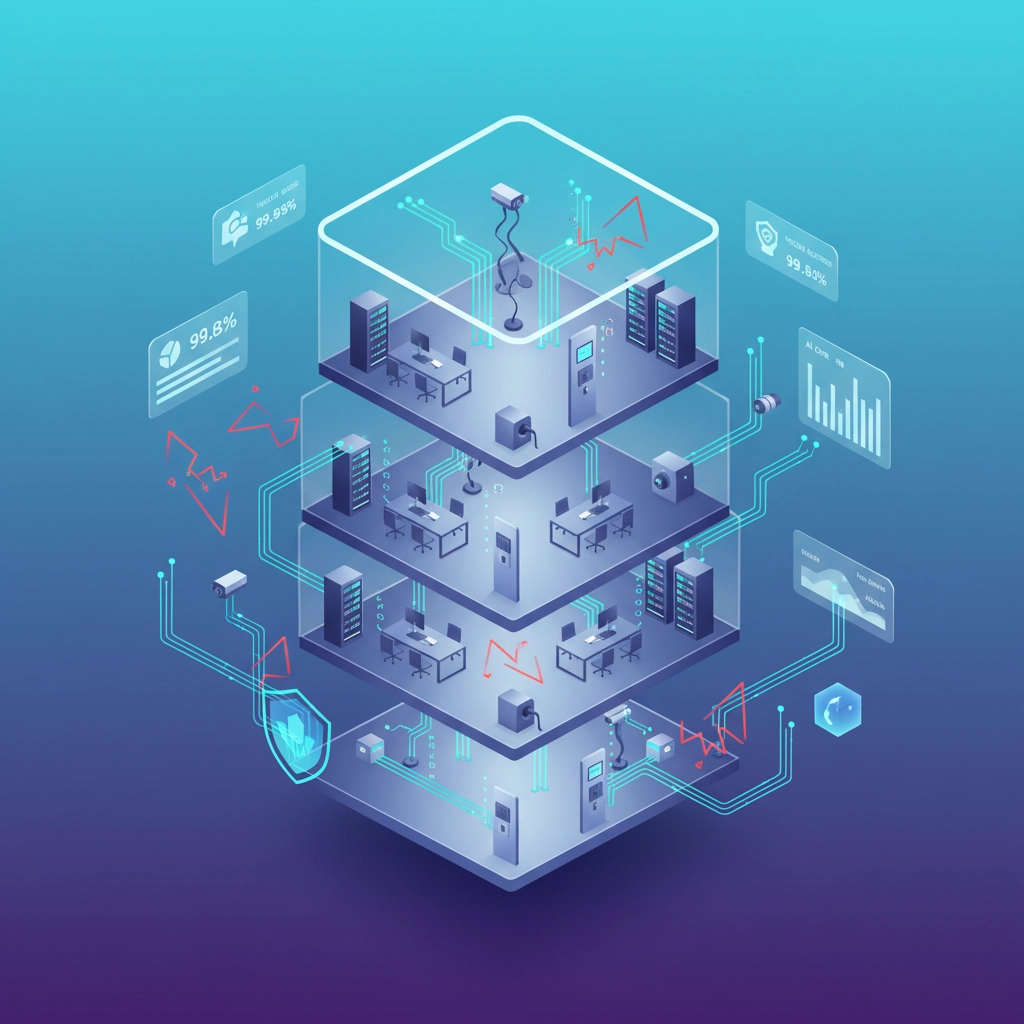
The key is finding the right balance. The most effective cybersecurity strategies in 2025 combine AI automation with human oversight. AI handles the continuous monitoring and responds to clear-cut threats instantly, while human analysts focus on complex situations that require contextual understanding and critical thinking.
Don't let the complexity intimidate you. Yes, the threat landscape is more sophisticated than ever, but the defensive tools available to businesses have also never been more powerful. The organizations that get ahead of this curve will have a significant security advantage, while those that wait will find themselves increasingly vulnerable to AI-enhanced attacks.
Take Action Now
The AI cybersecurity revolution isn't coming: it's already here. Every day you wait to upgrade your defenses is another day that AI-powered attackers have the upper hand.
If you're feeling overwhelmed by the technical complexity or unsure where to start, you don't have to figure this out alone. At B&R Computers, we help businesses navigate exactly these kinds of cybersecurity challenges. We can assess your current security posture, identify your biggest vulnerabilities, and implement AI-powered defenses that actually work for your specific business needs.
Don't become another statistic in the AI arms race. The attackers are already using artificial intelligence to target your business: isn't it time your defenses caught up? Contact us today to learn how we can help you stay ahead of the threats that traditional security tools are missing.

